It sounds like a simple enough task — installing a bathroom medicine cabinet. But, that must comply to electrical code in order to avoid unsafe conditions and to comply with the law. Whether you’re a homeowner with a DIY endeavor in mind or a contractor on a residential upgrade job site, knowing about electrical codes is essential to ensure that both property and people are protected. Safely install a bathroom medicine cabinet Although each code and safety practice can be exhaustive, let’s highlight their key codes and safety practices that relate to the installation of a bathroom medicine cabinet.
THE ROLE OF ELECTRICAL CODES IN MEDICINE CABINETS
There are electrical codes in place to ensure safety, increases efficiency, and minimize risks of electrical hazards such as shock or fire. Bathrooms, especially, need extra caution due to the high moisture content and closeness to water. If your medicine cabinet contains lighting, outlets or features such as anti-fog mirrors and integrated smart technology, it may require electrical wiring.
Neglecting electrical codes can lead to:
· Safety risks, such as electrical shocks or fires.
· Failed inspections by building authorities.
· Costly rework or penalties.
To help make the process smoother, we’ll walk you through the essential considerations and electrical codes that apply.
Understanding the Basics of U.S. Electrical Codes
The National Electrical Code (NEC), also known as NFPA 70, is the primary guide for electrical installations in the United States. Local codes may vary depending on your state or municipality, but they are generally based on the NEC. Here are a few key points to understand before beginning your bathroom medicine cabinet installation:
· The NEC is updated every three years, so always check the latest edition.
· Local jurisdictions may have stricter or additional codes.
· Working with a licensed electrician ensures compliance with both local and national regulations.
Now, let's explore the most critical aspects of bathroom electrical codes.
1. GFCI Protection Near the Medicine Cabinet
One of the most important rules in bathroom electrical installations relates to Ground Fault Circuit Interrupters (GFCI). These devices are designed to cut power immediately when a ground fault is detected, reducing the risk of electrocution.
Here's how this applies to your medicine cabinet:
· Outlets within 6 feet of a water source (such as a sink) must be GFCI-protected. If your medicine cabinet includes an integrated outlet or is near one, this rule applies.
· GFCI outlets often have "TEST" and "RESET" buttons and should be hardwired into the electrical system.
· Never replace a GFCI outlet with a standard outlet, even if it makes the wiring easier.
Pro Tip:
If you're installing a medicine cabinet with built-in lighting or charging ports, confirm with the manufacturer (such as Wellfor) whether GFCI protection is required.
2. Dedicated Circuits for Bathroom Electrical Devices
Bathrooms tend to demand a lot of power because of hair dryers, curling irons, and other high-wattage devices. The NEC requires that bathrooms have at least one dedicated 20-amp circuit for outlets.
What does this mean for your medicine cabinet?
· If the cabinet has built-in lighting or other electrical features, ensure it doesn’t overload the circuit.
· A separate circuit is ideal for built-in lighting or charging stations in your cabinet to prevent circuit trips.
Common Situations:
Imagine you're installing a Wellfor medicine cabinet with LED lighting and a defogger. Check whether these features require their own circuit to function efficiently and safely.
3. Proper Placement of Outlets and Fixtures
The placement of electrical components is just as important as their functionality. To comply with NEC guidelines:
· Medicine cabinets with built-in outlets should be installed at a height that is easily accessible but far enough from the sink to prevent water exposure.
· Recessed cabinets (installed inside the wall) with lighting must have easy access for maintenance and bulb replacement.
Additional Tips:
· Outlets and switches must be at least 3 feet away from showers and bathtubs.
· If you're integrating a cabinet light, position it to avoid excessive glare or shadows when in use.

4. Wiring for Integrated Lighting and Features
Many modern bathroom medicine cabinets come with convenient features such as LED lighting, Bluetooth audio, or anti-fog mirrors. However, these additions require careful wiring to meet code standards.
Key Points About Wiring:
· Lighting wiring must be rated for bathroom use, considering the moisture levels.
· Use wet-rated junction boxes to protect wiring connections in damp spaces.
· For built-in features like a defogger, confirm the voltage and amperage requirements before installation.
If you're using a premium model like a Wellfor bathroom medicine cabinet, check the user manual for recommended installation practices. It’s often better to hire a licensed electrician if your cabinet includes advanced electrical components.
5. Moisture Protection and Ventilation
Bathrooms are humid environments, which can lead to damage to electrical systems if the right precautions aren’t taken. NEC guidelines stress the importance of protecting wiring and outlets from moisture exposure.
How to Comply:
· Use weather-resistant wiring and components.
· Install a bathroom exhaust fan to reduce moisture buildup.
· Seal the edges of recessed or semi-recessed medicine cabinets to prevent water infiltration into the wall.
6. Lighting Controls for Medicine Cabinets
If your medicine cabinet includes lighting, ensure that the controls comply with NEC rules. The NEC permits several types of light switches, including dimmer switches, motion sensors, and smart controls, as long as they are properly grounded.
Things to keep in mind:
· Switches must be located far from water sources, typically at least 3 feet away from sinks.
· If your cabinet lighting is part of the primary bathroom lights, ensure the circuit can handle the additional load.
Motion sensors and smart switches are growing more popular. For example, some Wellfor products offer innovative integrations, which can require additional setup but greatly enhance convenience.
7. Inspection and Final Safety Checks
Before wrapping up your installation, it’s important to check your work for compliance and safety. Most municipalities require an electrical inspection after installation to ensure everything complies with local and national codes.
What the Inspector Will Check:
· Proper GFCI outlet installation.
· Secure wiring connections and grounding.
· Adherence to all clearance and placement requirements.
Working with a professional installer or licensed electrician from the start can help you pass inspection with ease.
Additional Tips for a Smooth Installation
To enhance the safety and efficiency of your bathroom medicine cabinet installation, here are some extra tips:
· Choose high-quality, certified cabinets designed for bathrooms. Wellfor’s range includes safe and stylish options built to withstand humid conditions.
· Invest in surge protection along with GFCI to safeguard your electronics.
· Always turn off the power at the electrical panel before starting your work.
If you're upgrading your bathroom and want a cabinet with internal lighting or charging outlets, it’s worth spending extra time to plan and ensure compliance with all electrical codes.
Final Thoughts
Installing a bathroom medicine cabinet doesn’t have to be complicated, but attention to detail is key. Following the NEC guidelines for GFCI protection, circuit requirements, wiring, and placement will ensure your installation is safe, functional, and long-lasting. Whether you're tackling the job yourself or hiring an electrician, keeping safety and compliance in mind will help you create a space that’s not only beautiful but also secure.
For those exploring options, Wellfor offers an impressive selection of bathroom medicine cabinets that combine style with smart technology. Their products are designed with both modern convenience and safety in mind, making them an excellent choice for your next bathroom upgrade.
By following these electrical codes and best practices, you'll enjoy the perfect blend of comfort, safety, and style in your bathroom for years to come.

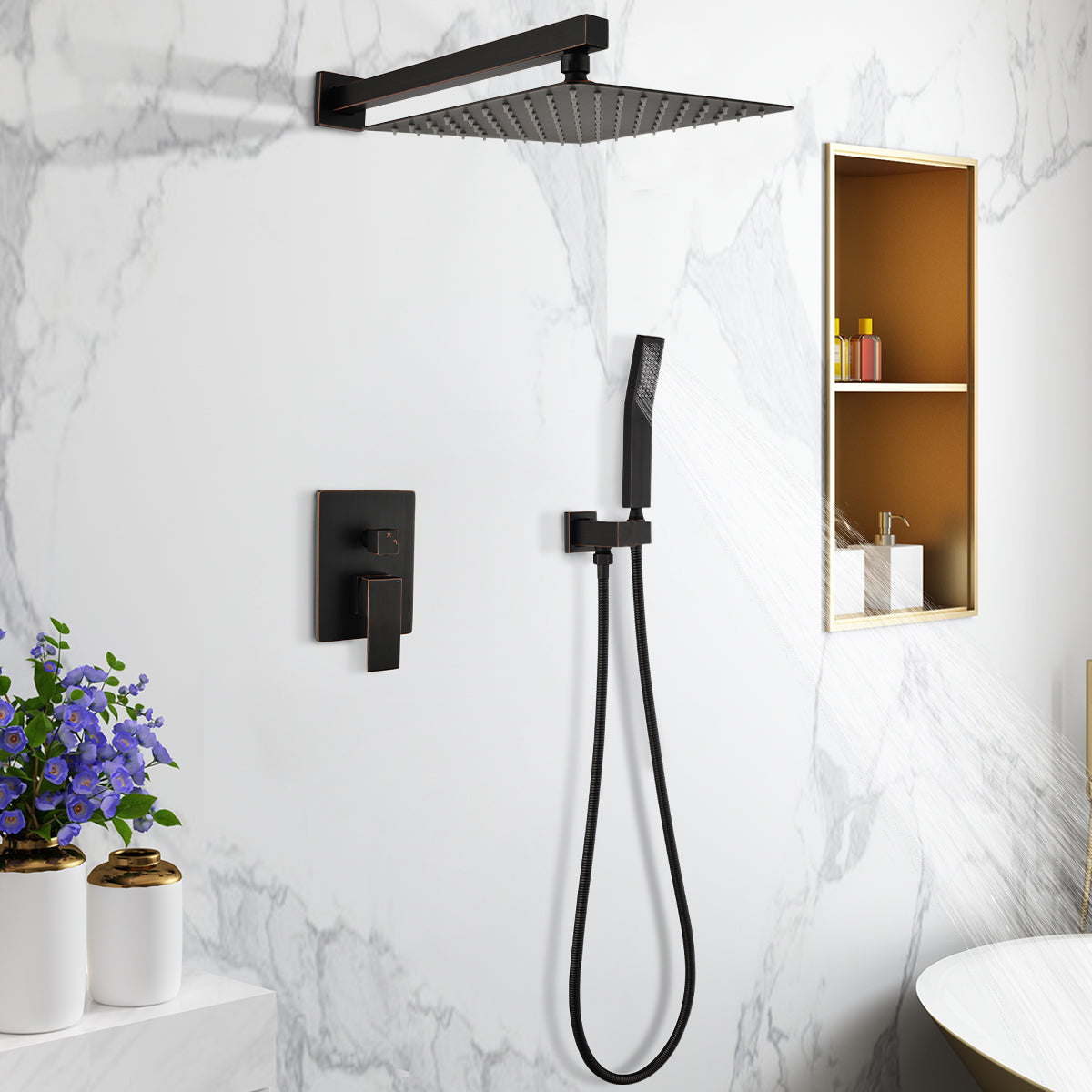
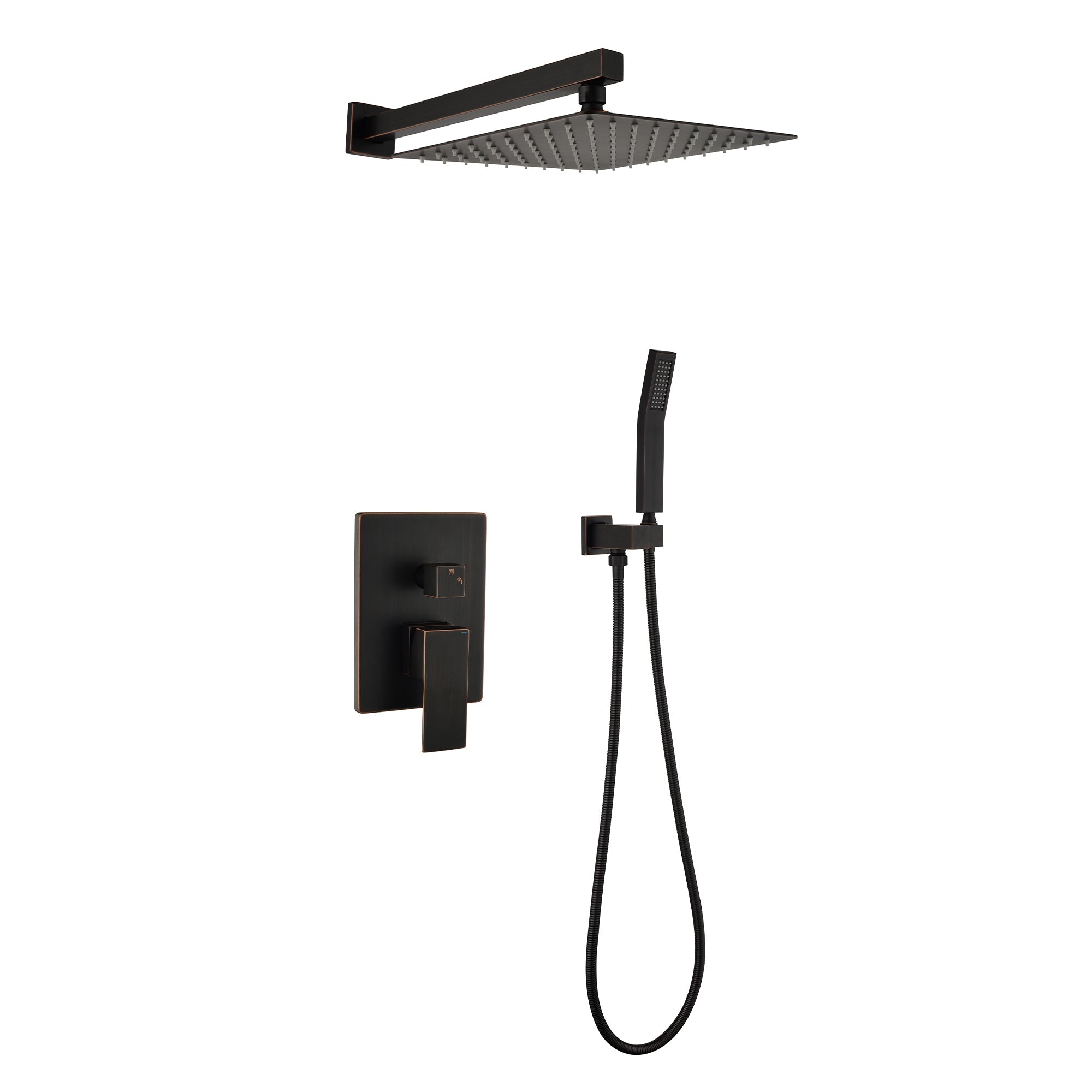


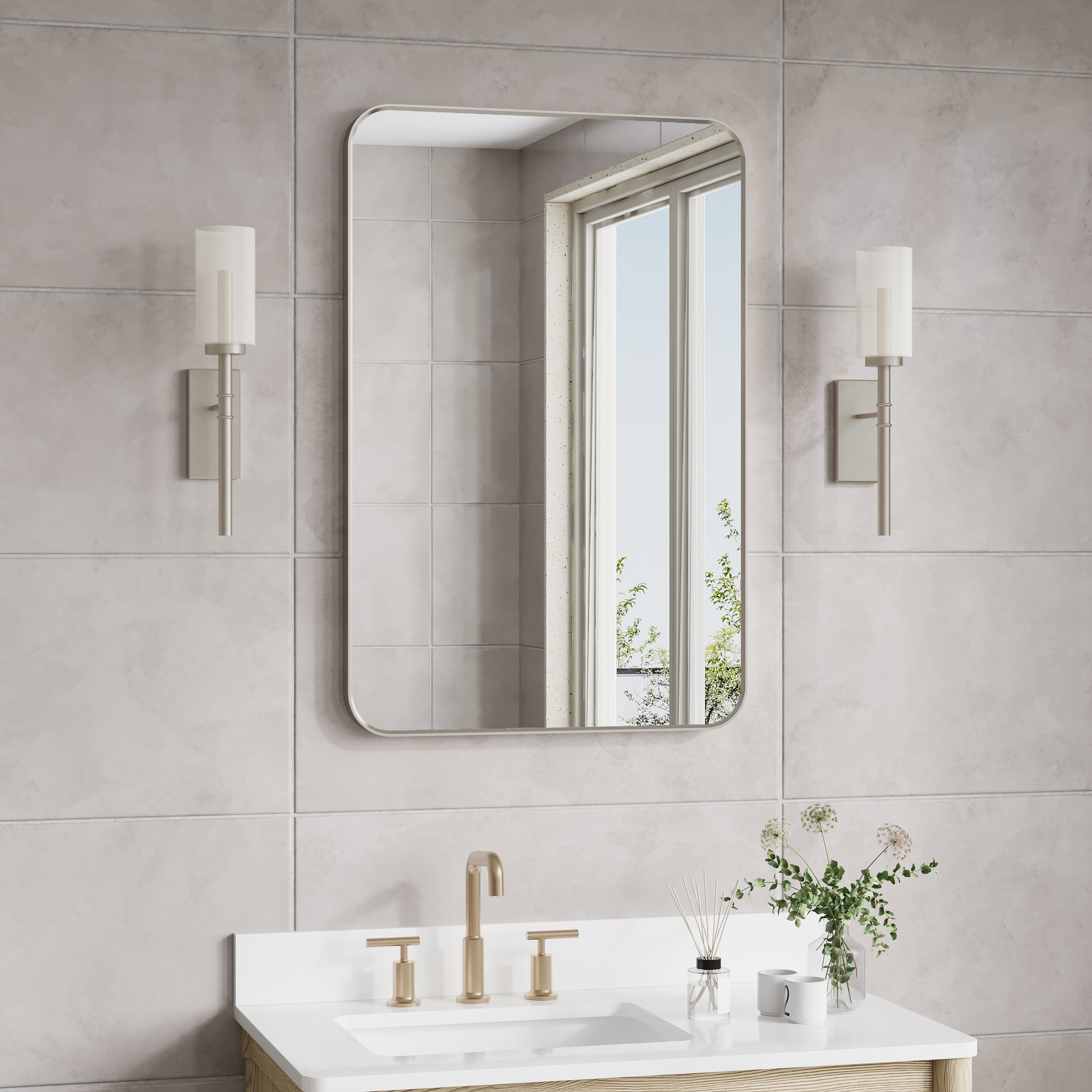
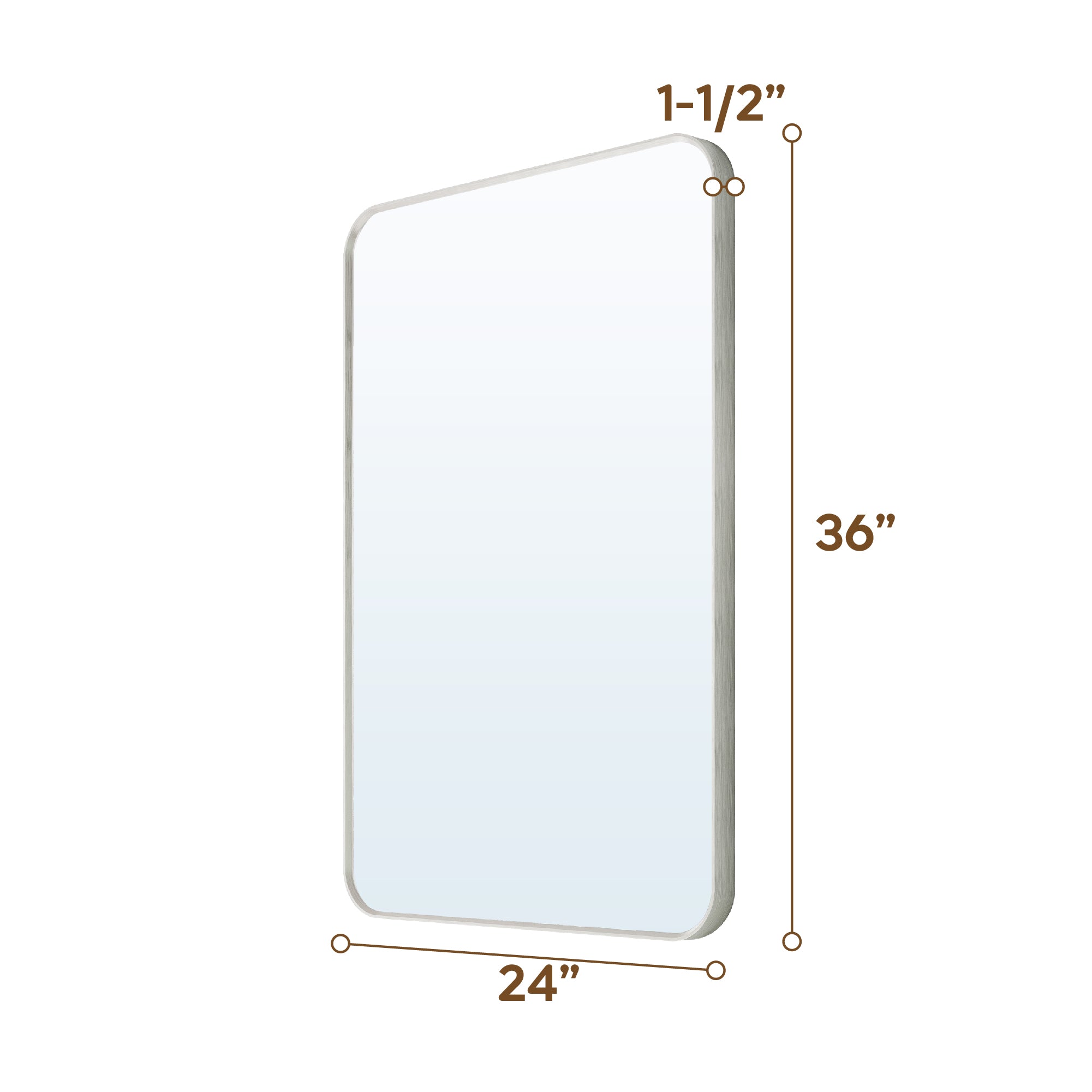
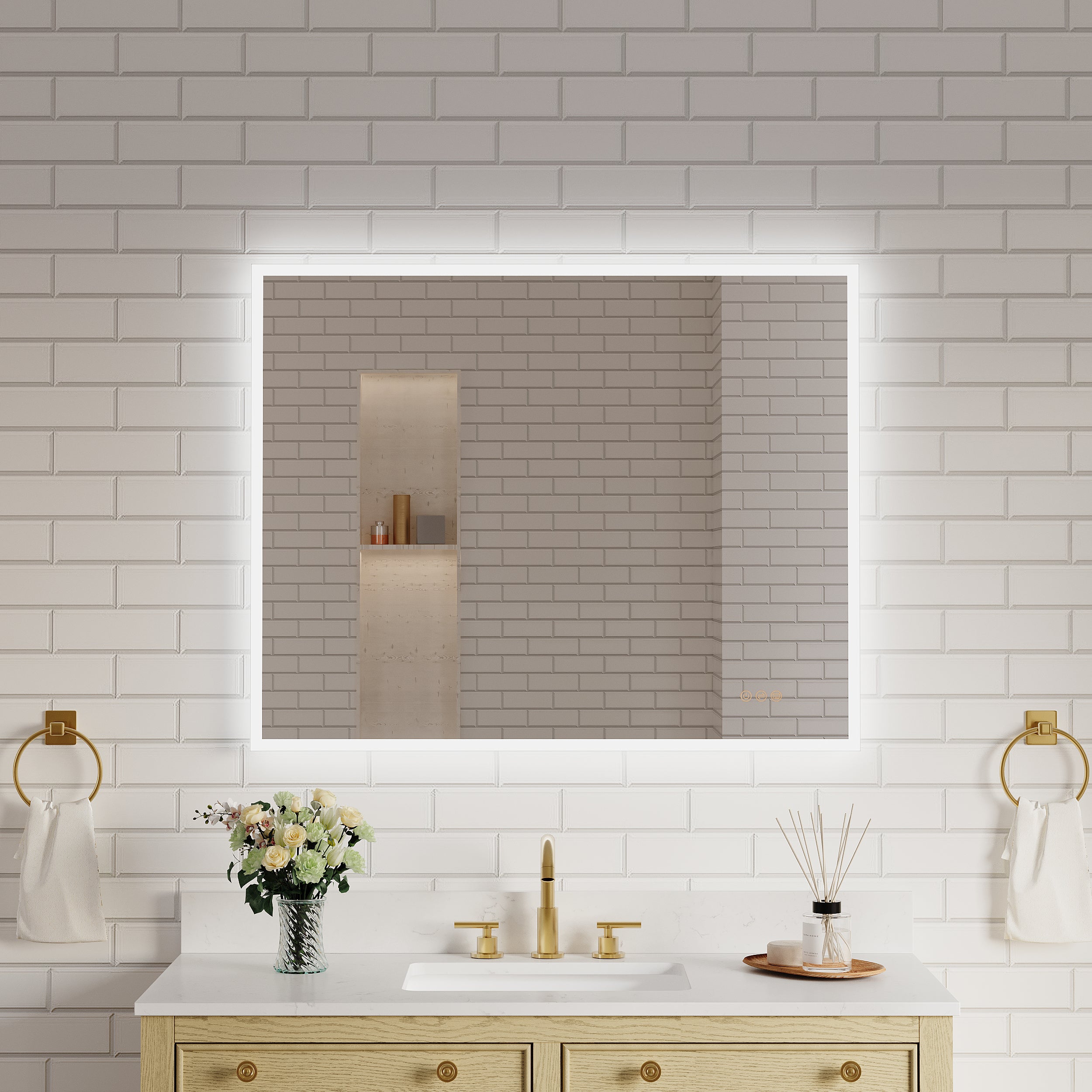
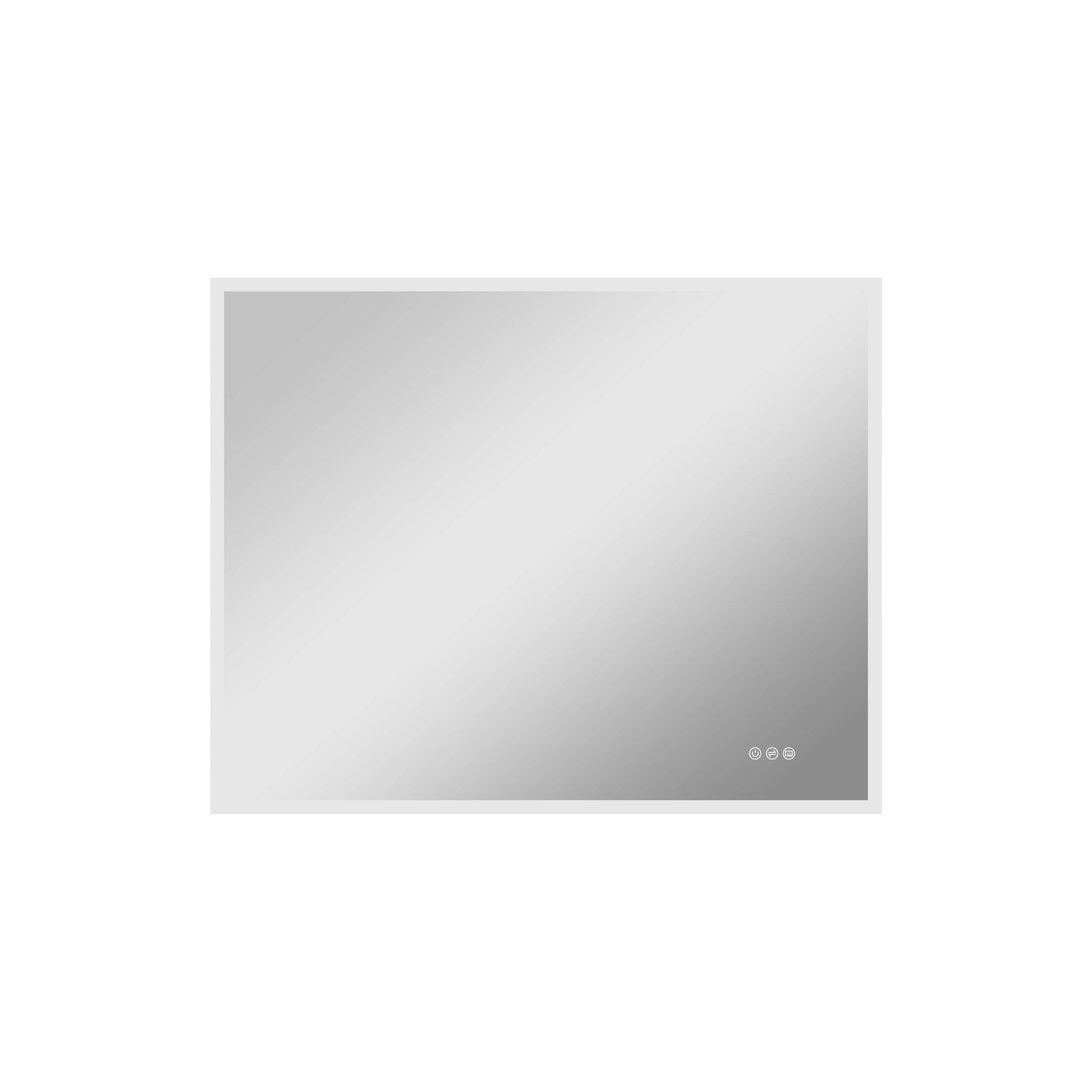
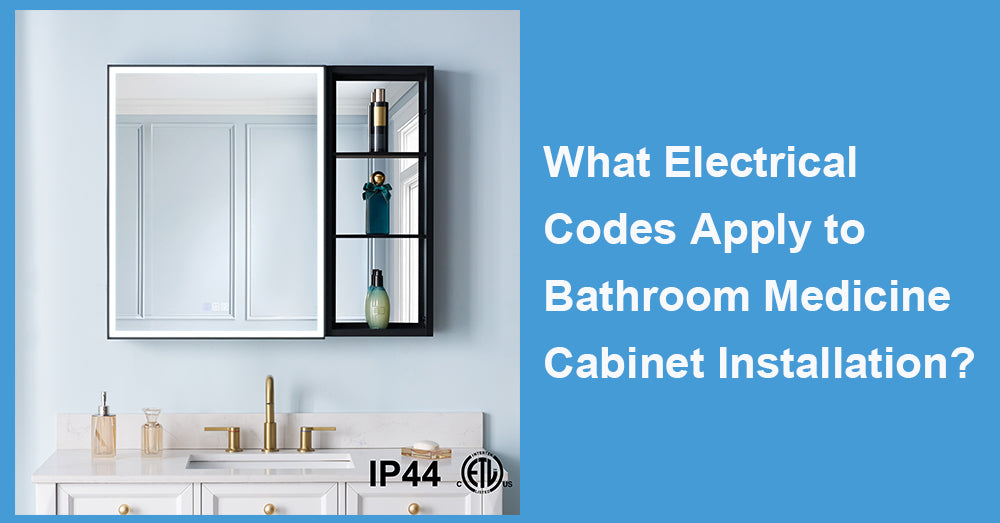
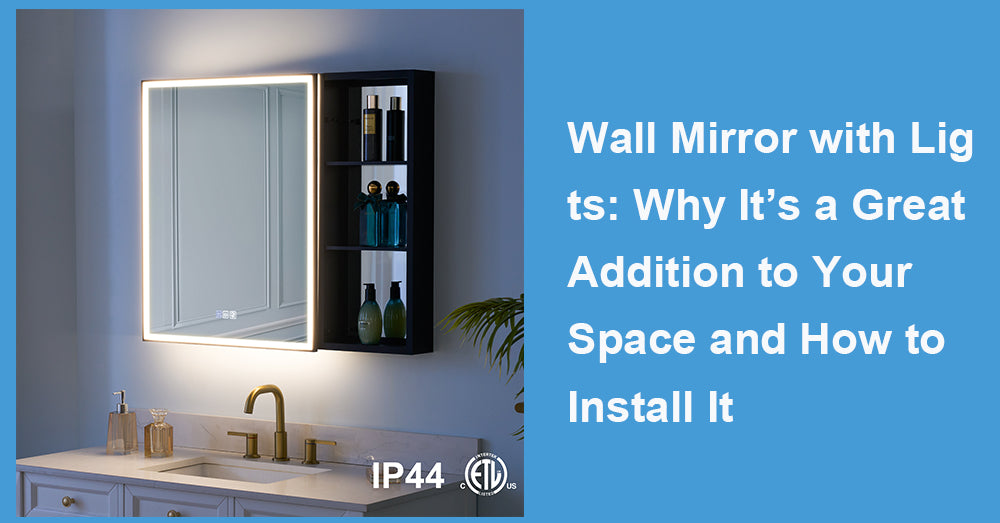

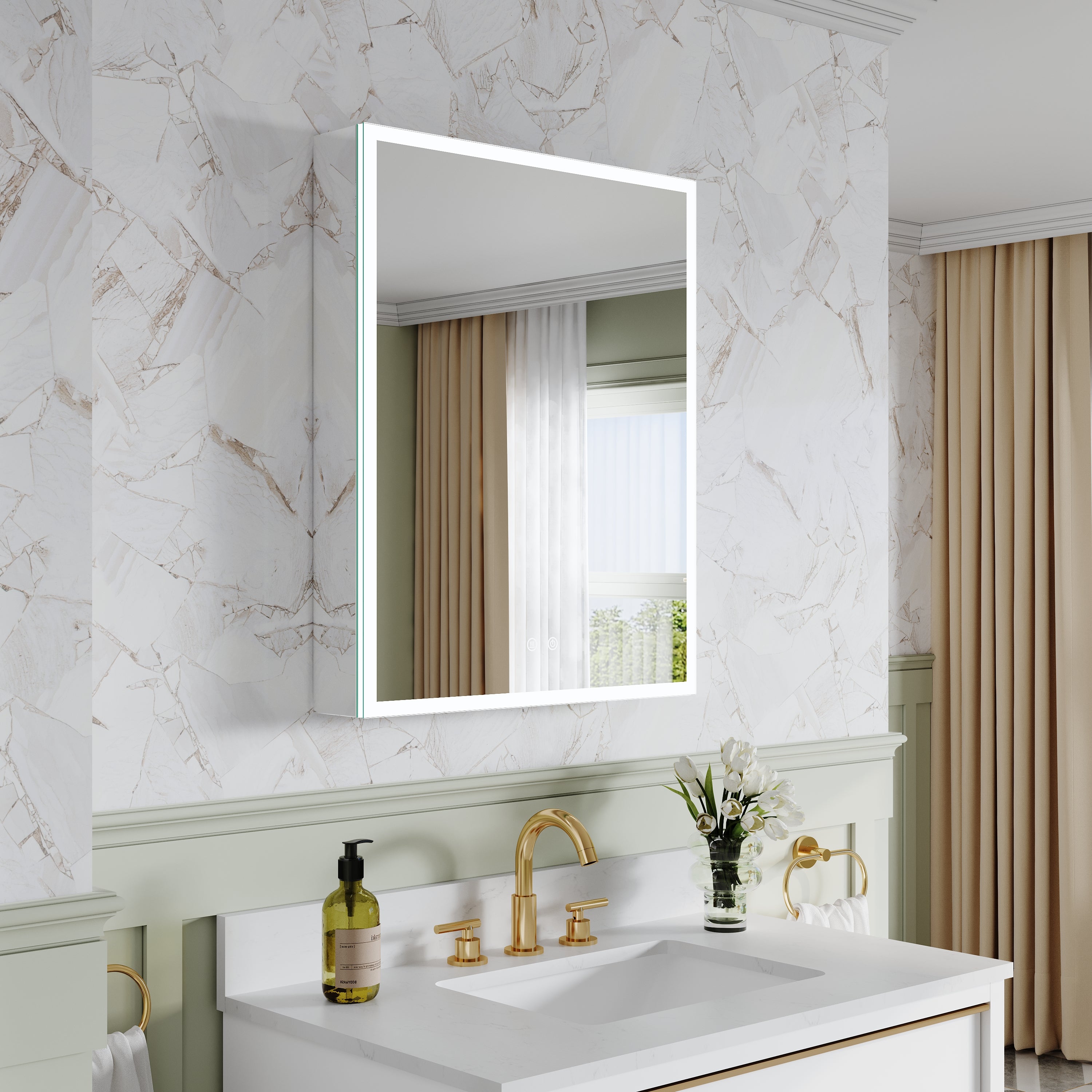
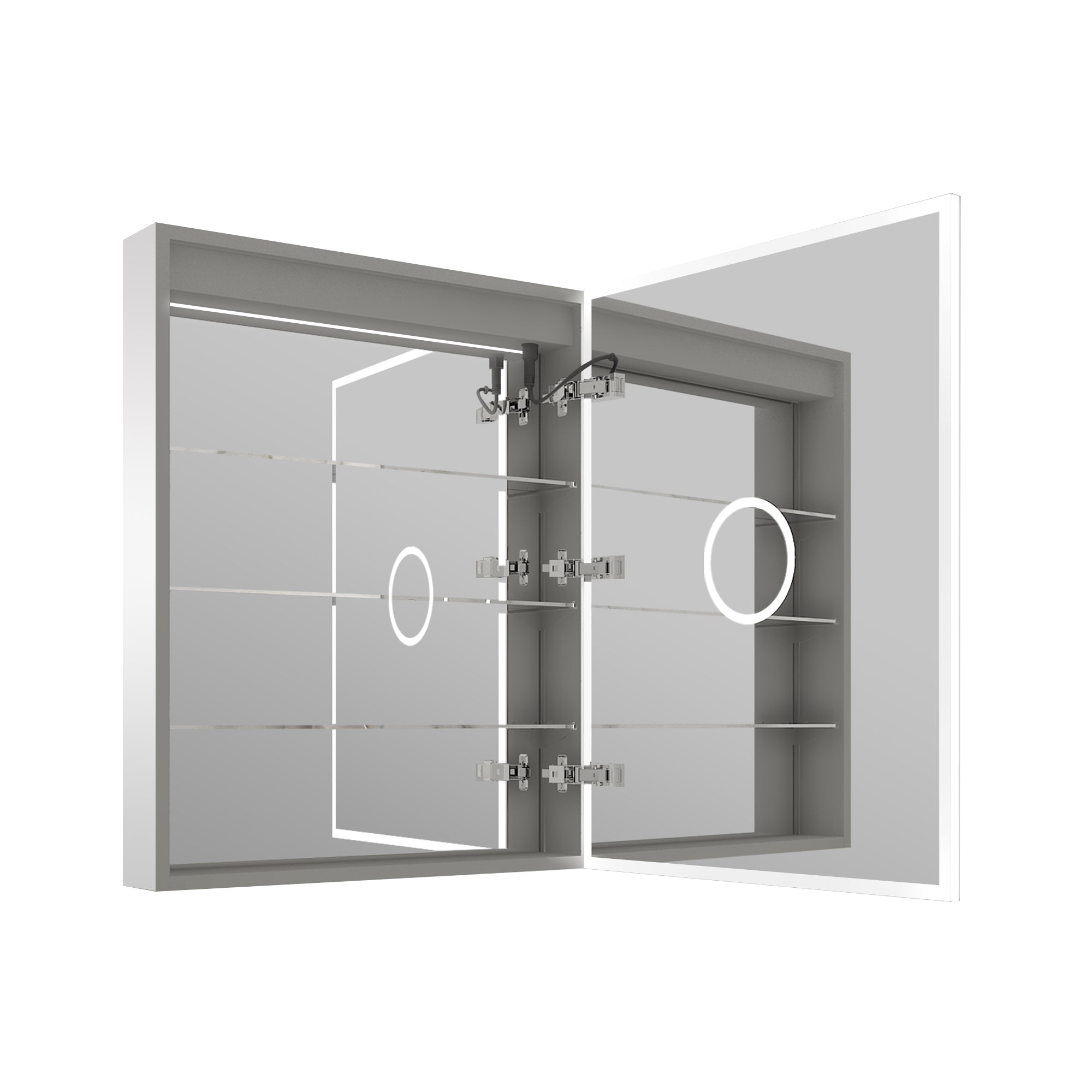
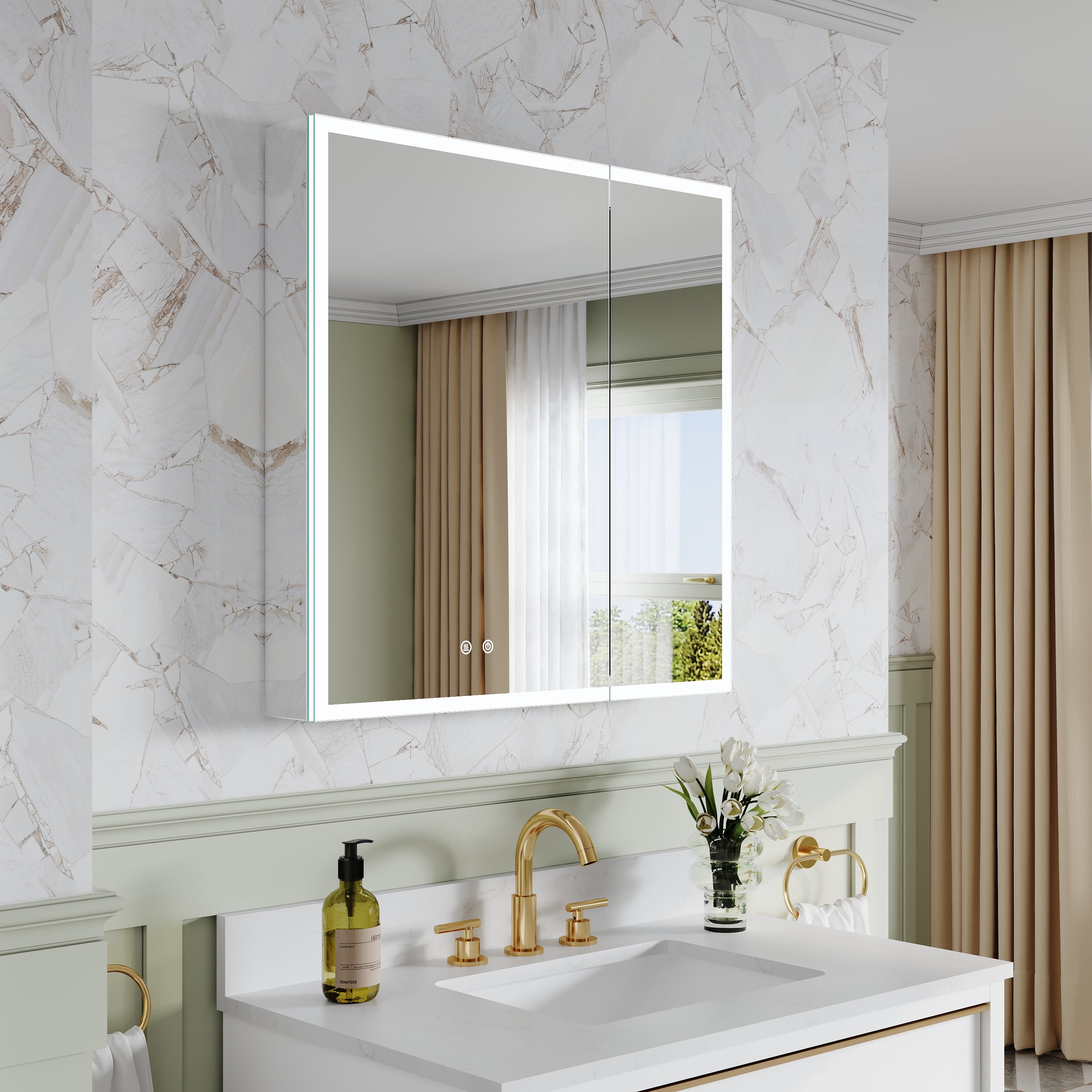
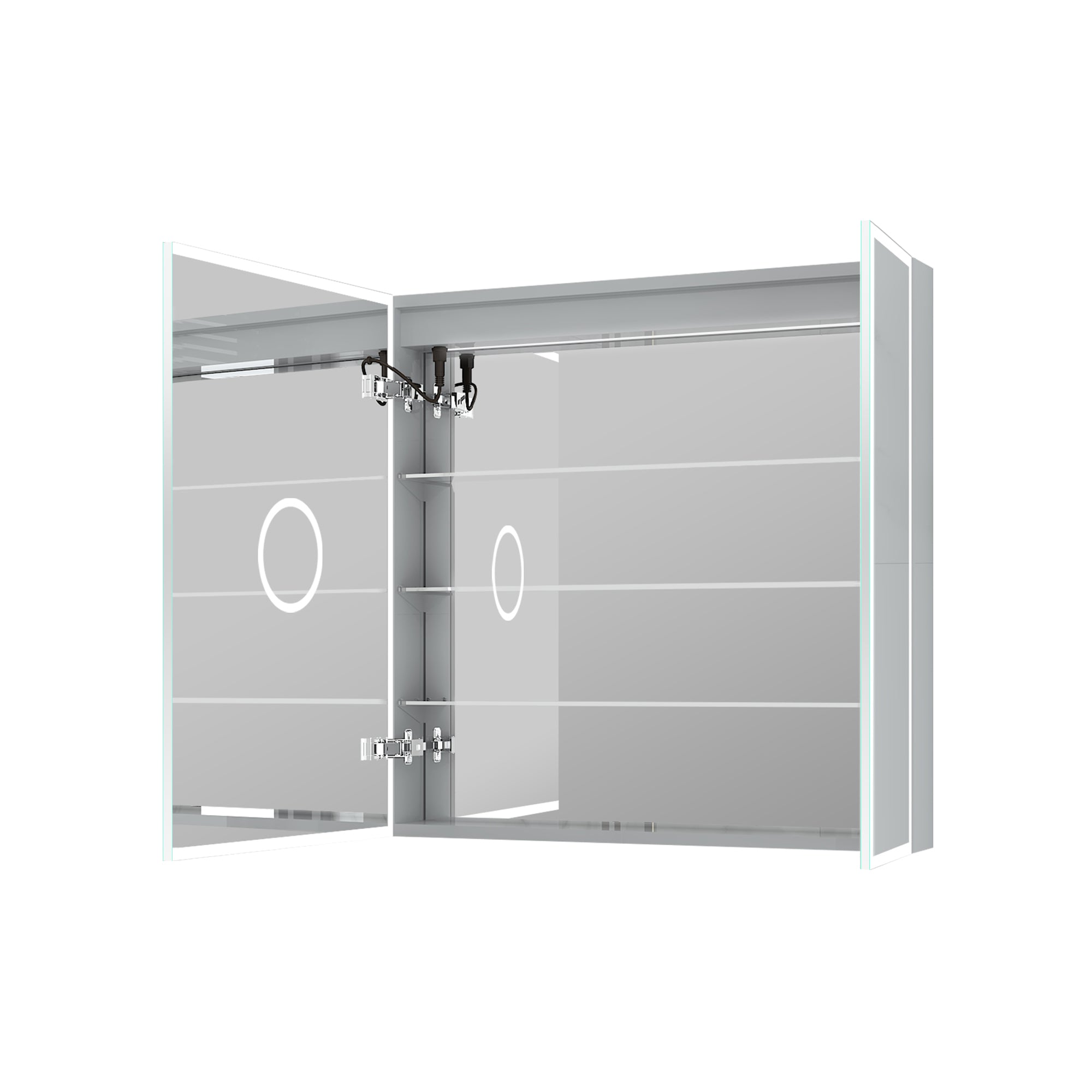


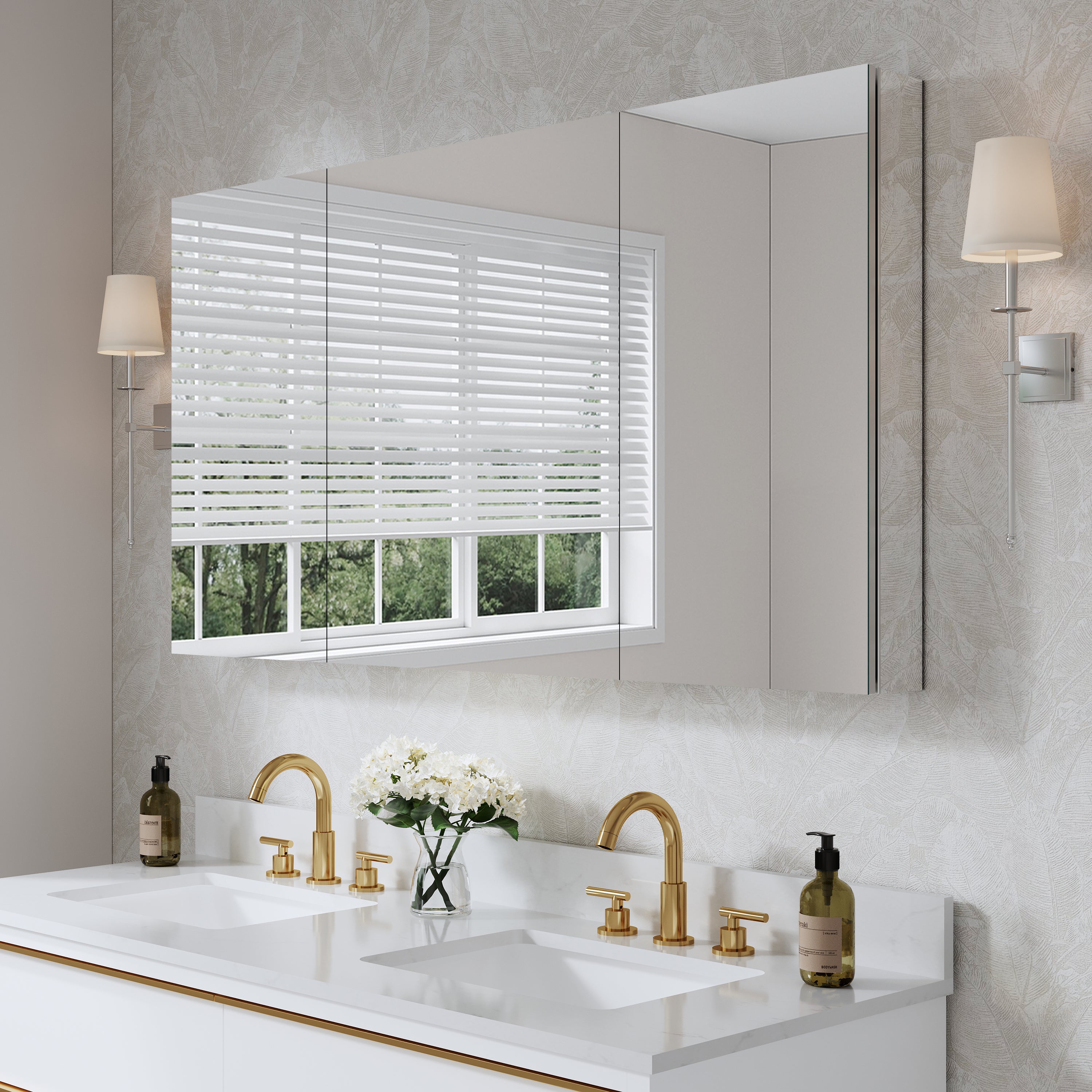

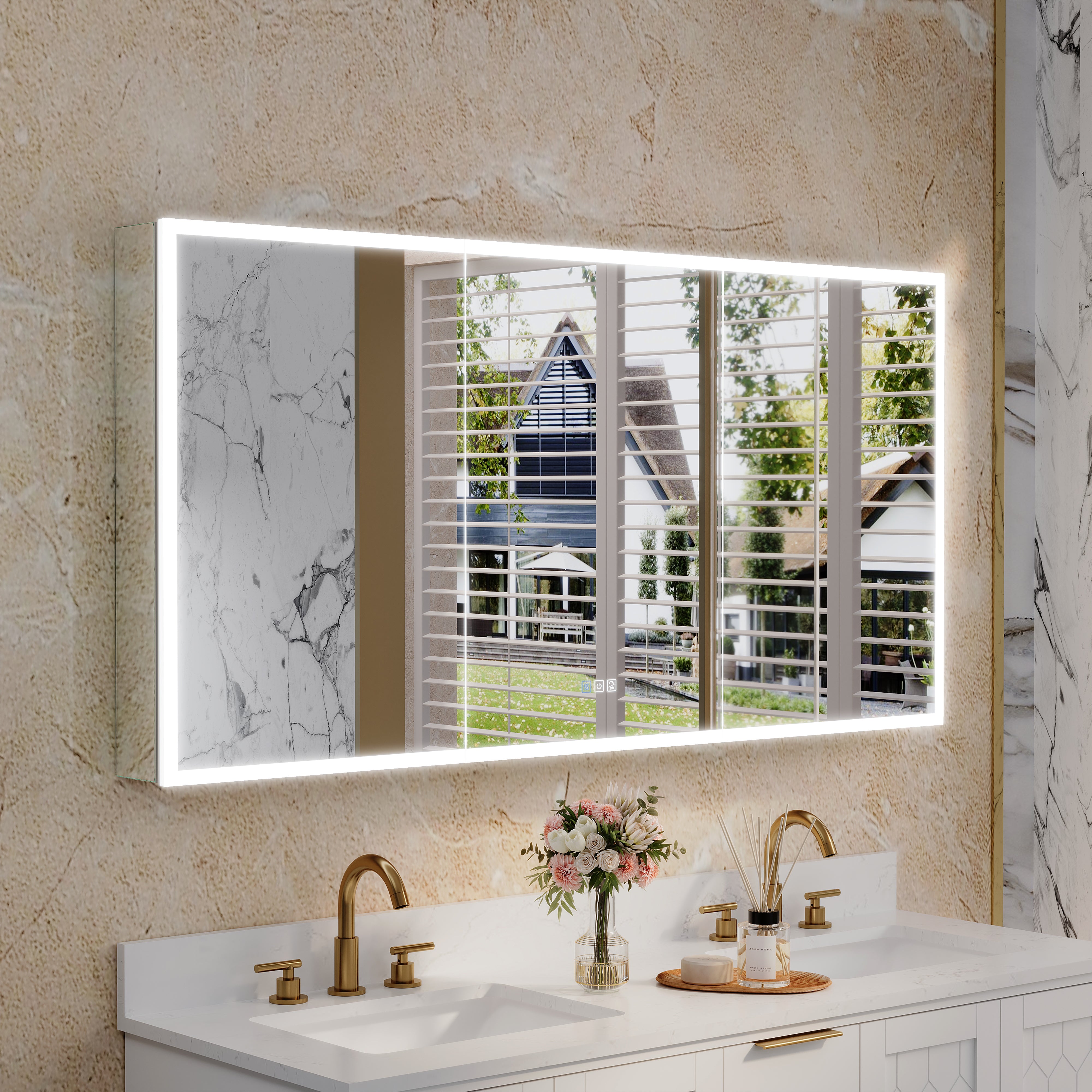
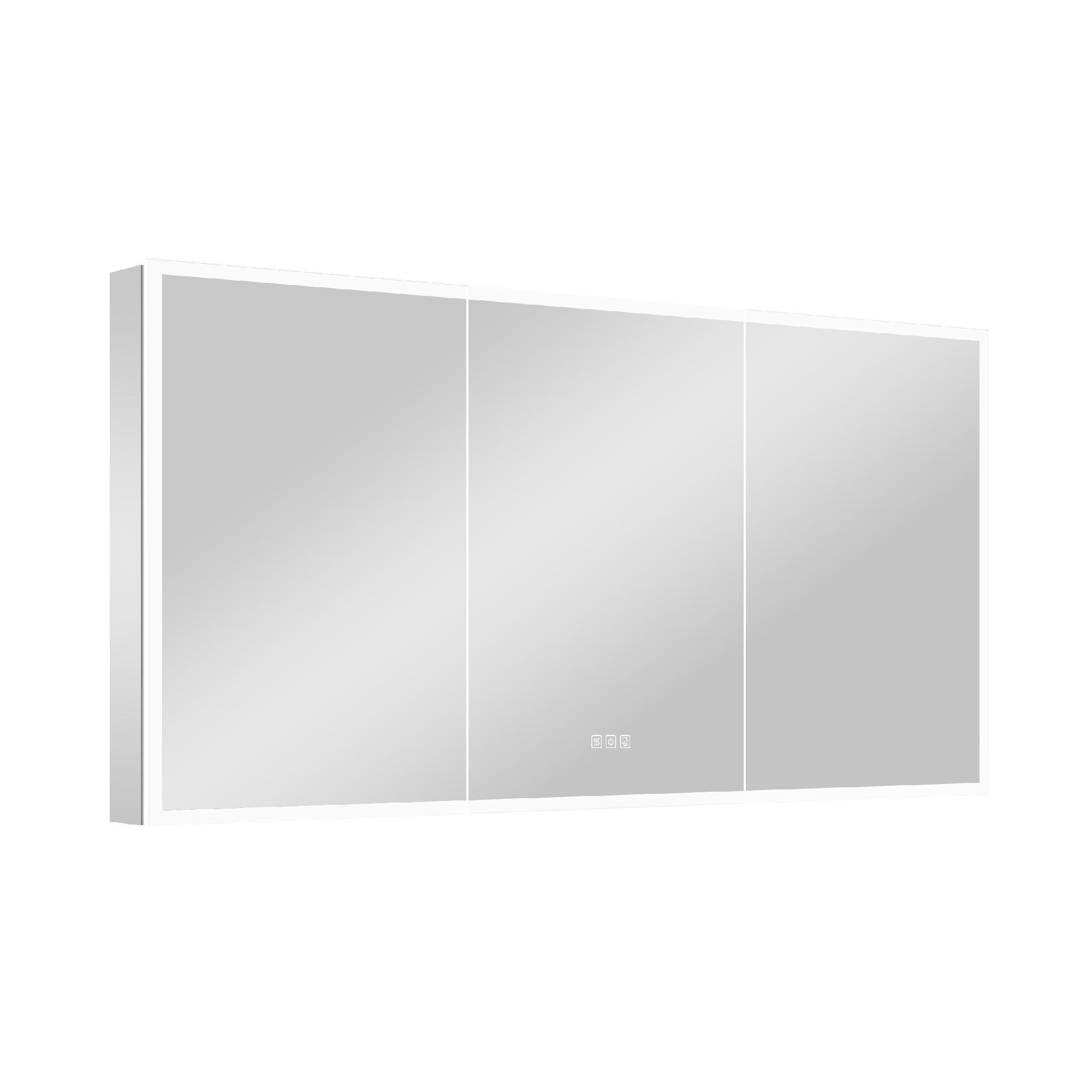
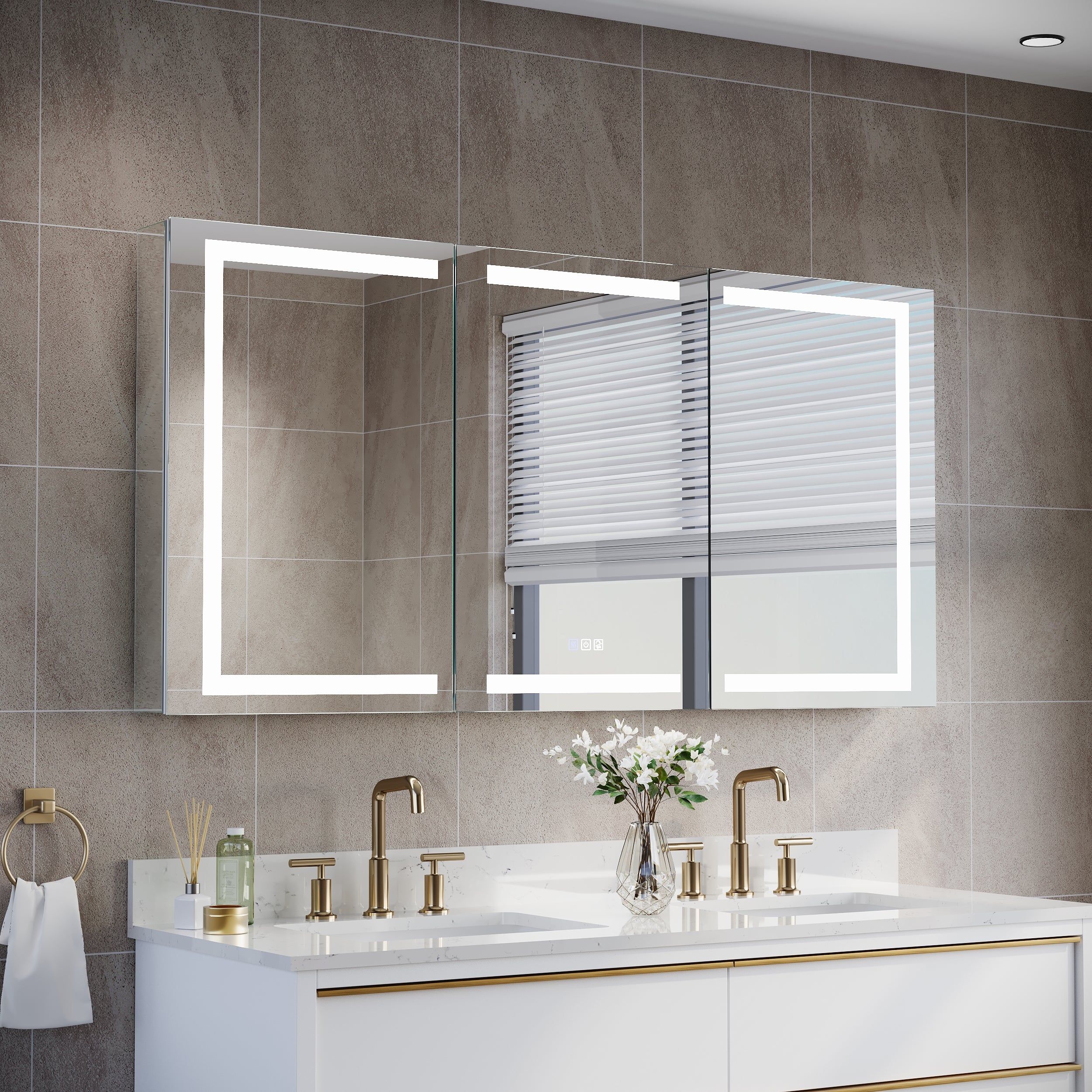
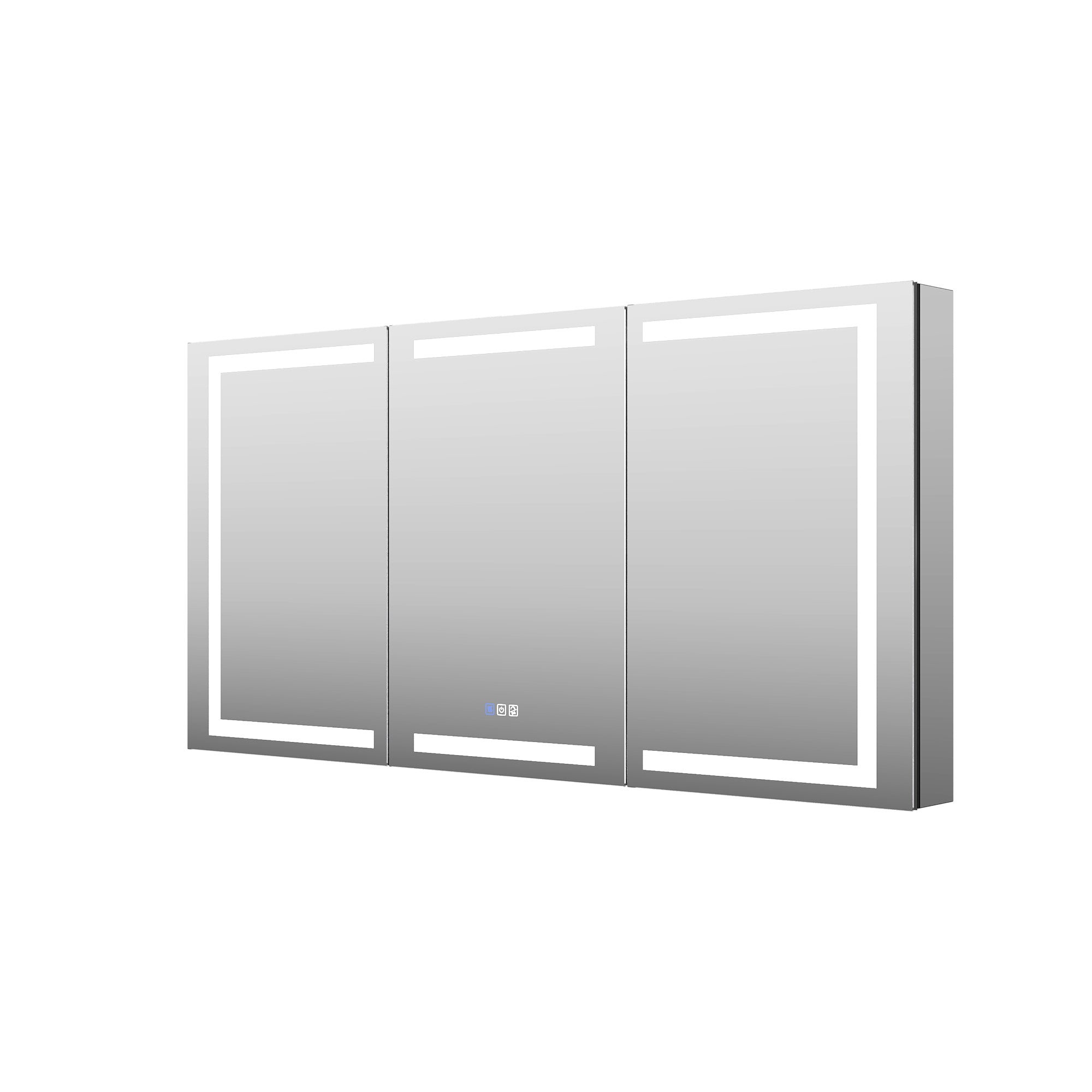

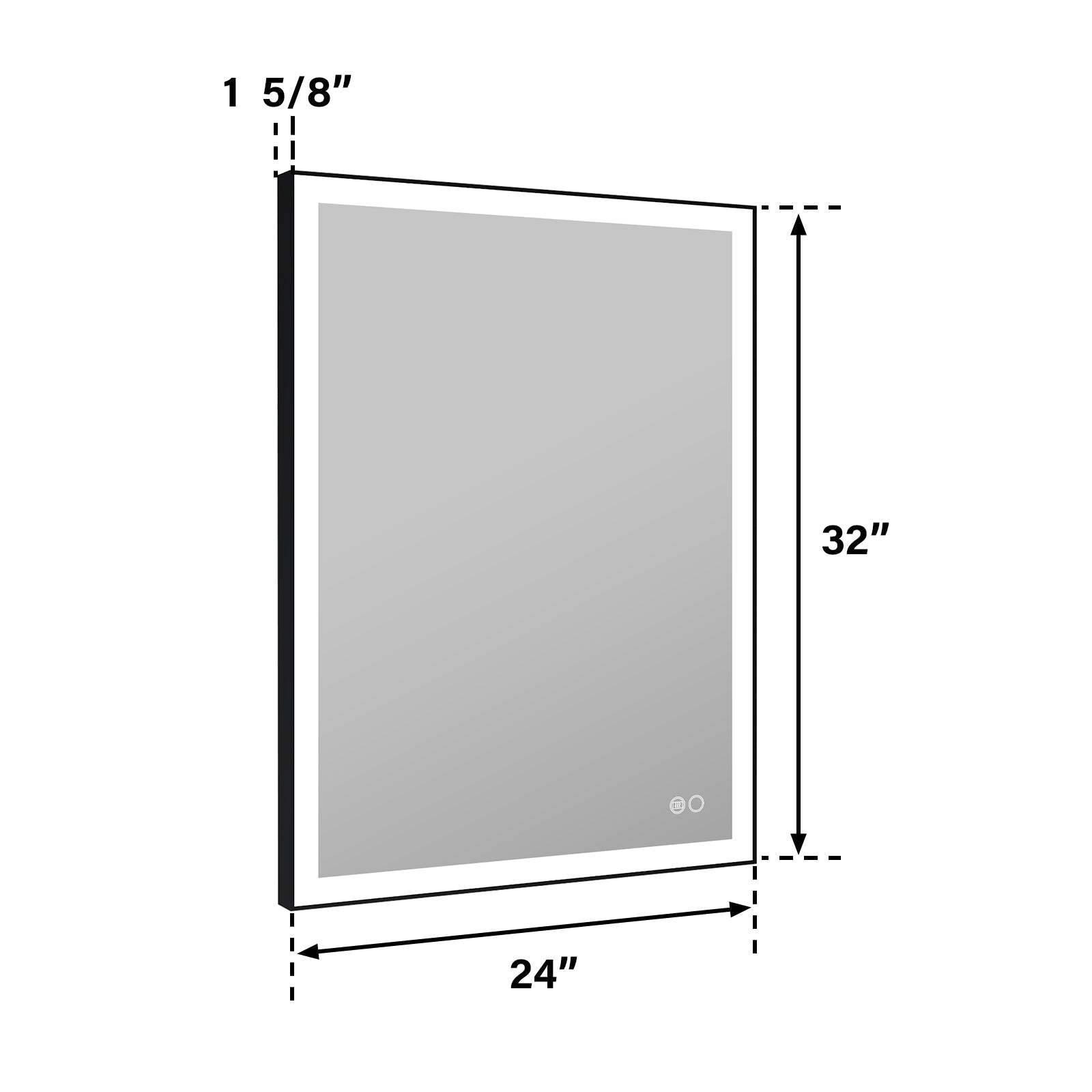
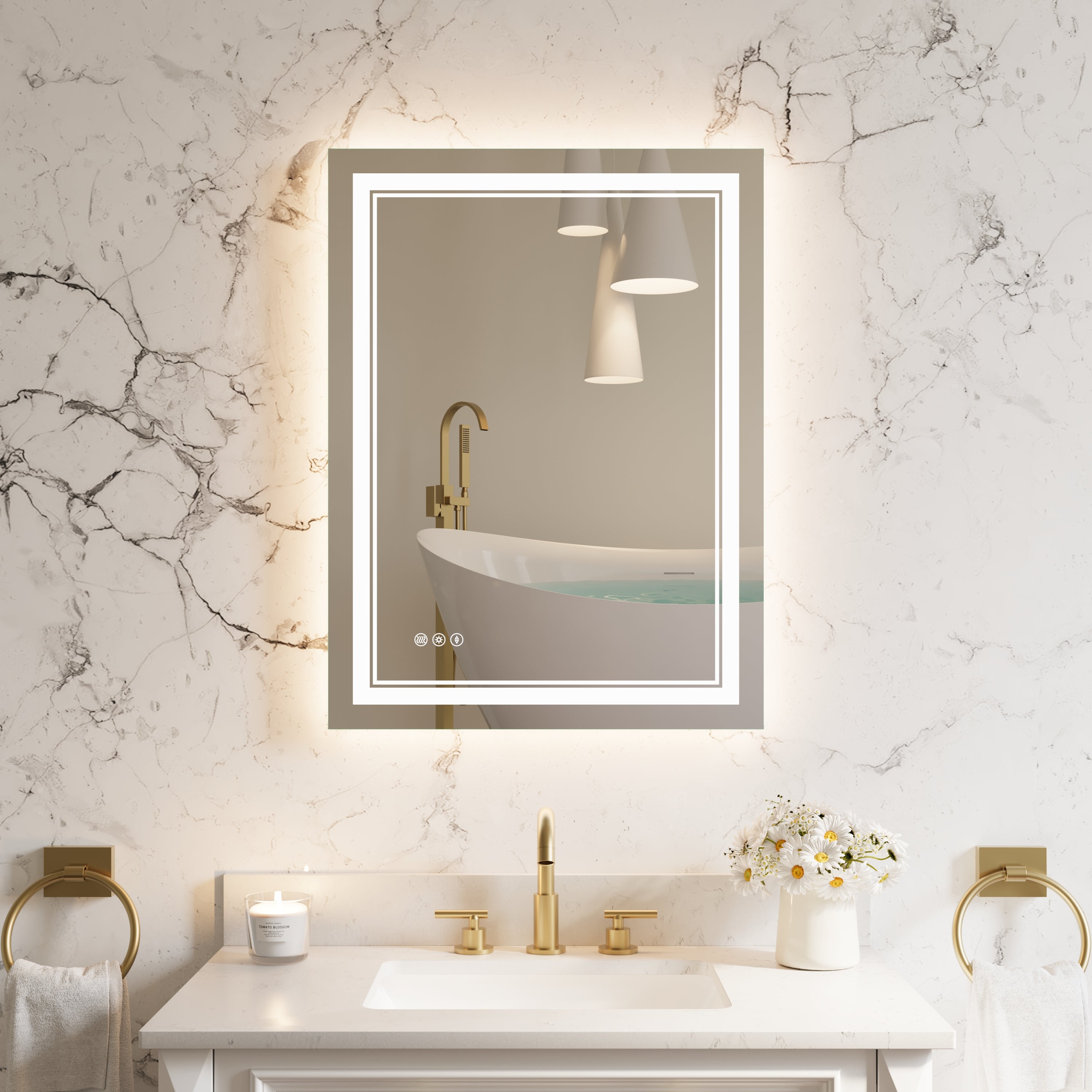
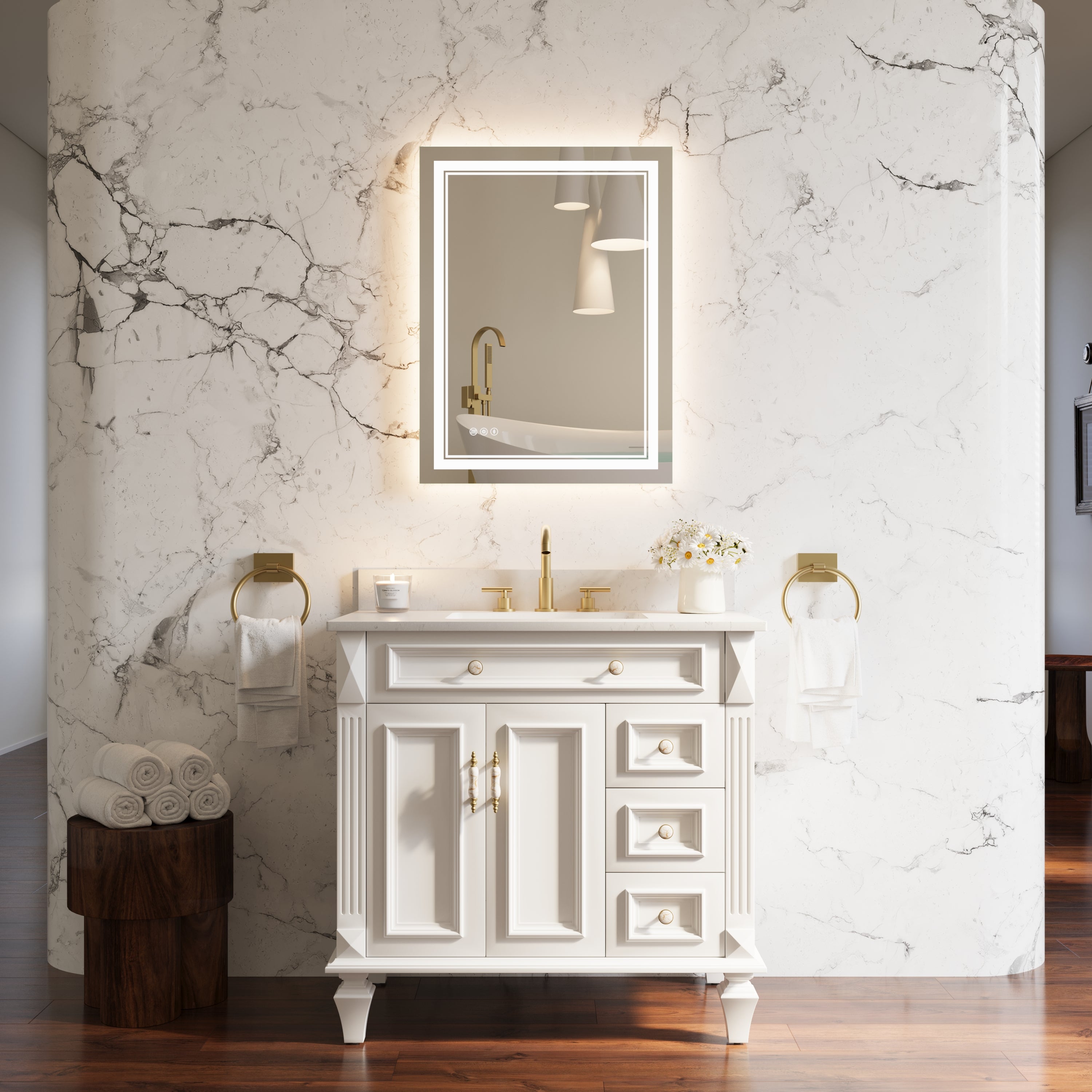
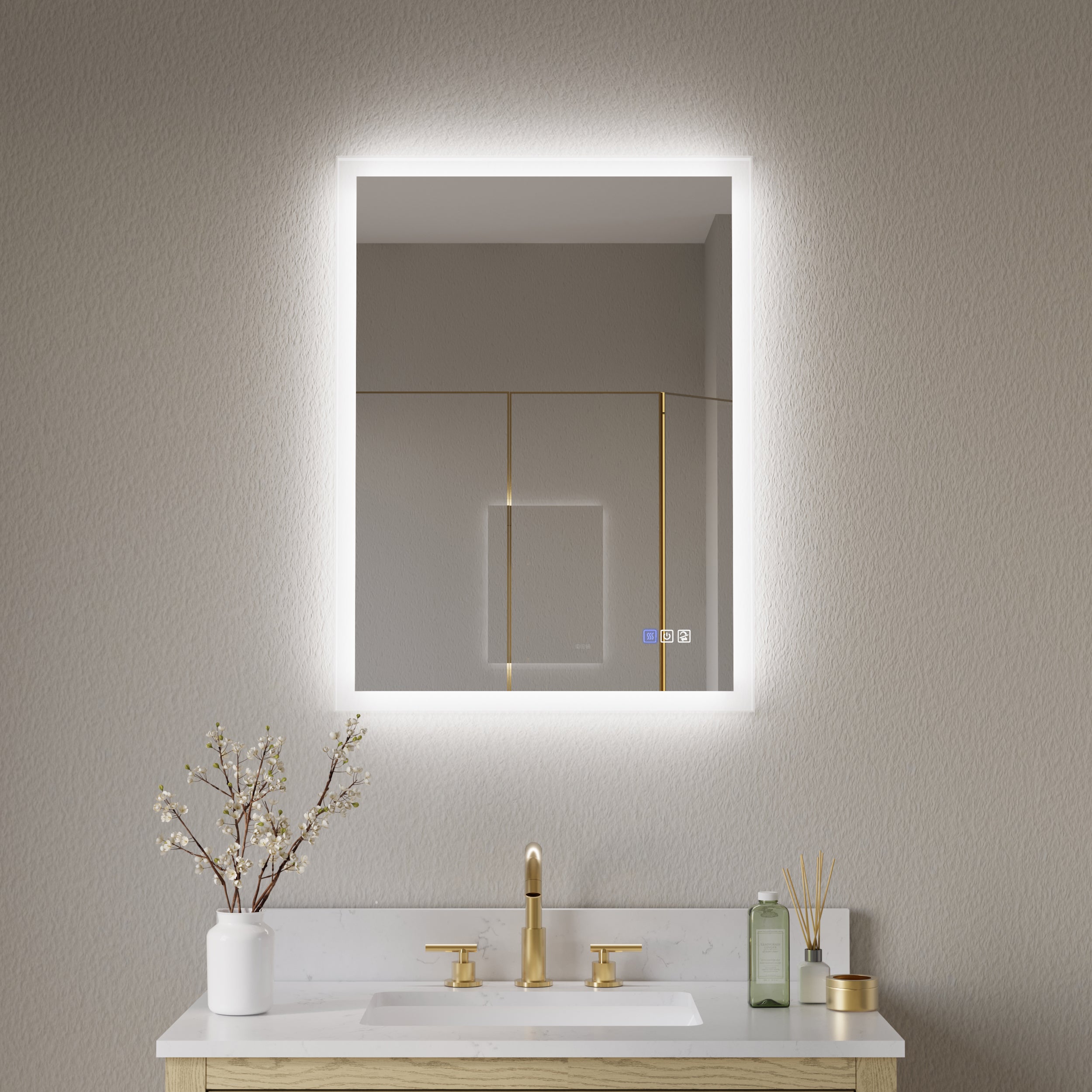

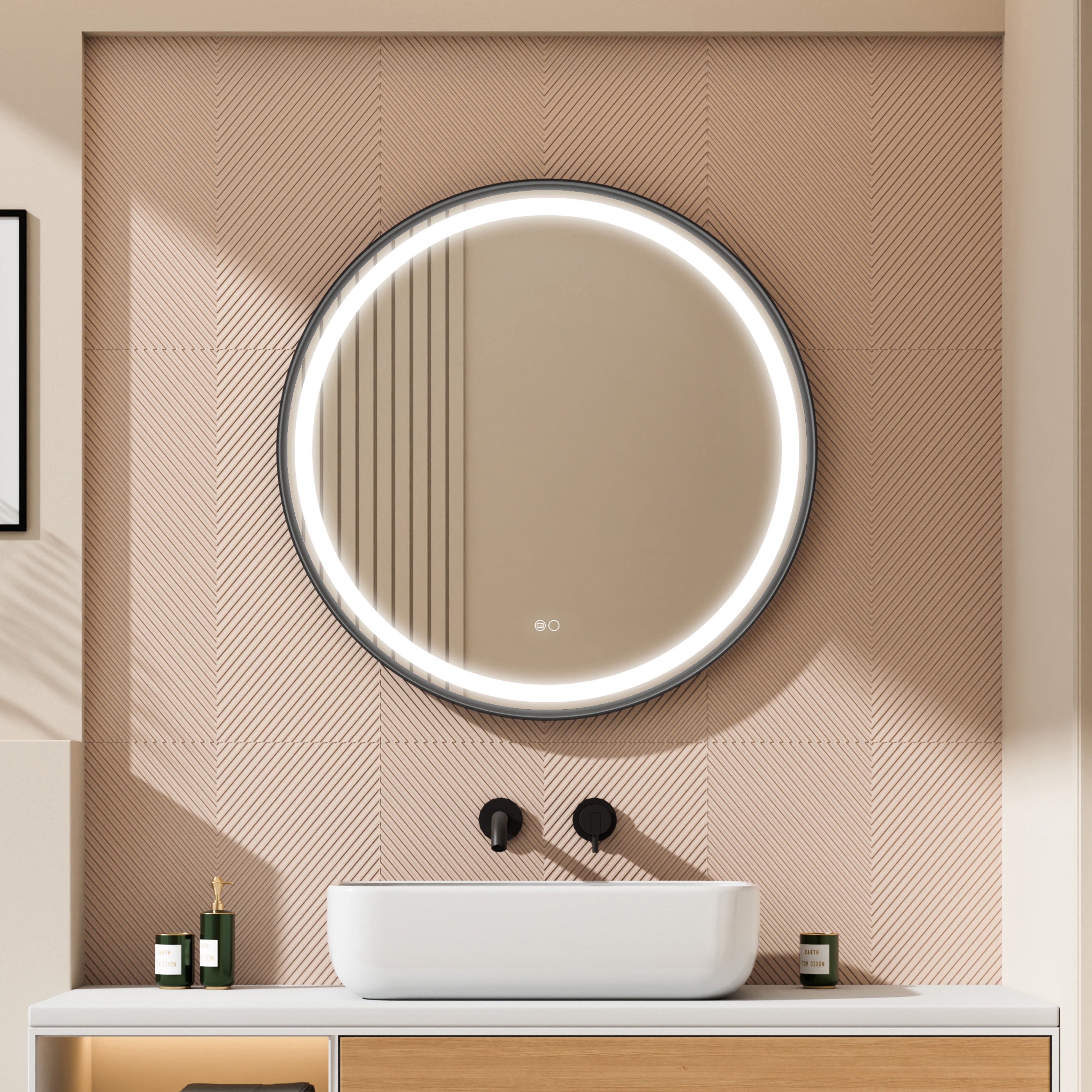
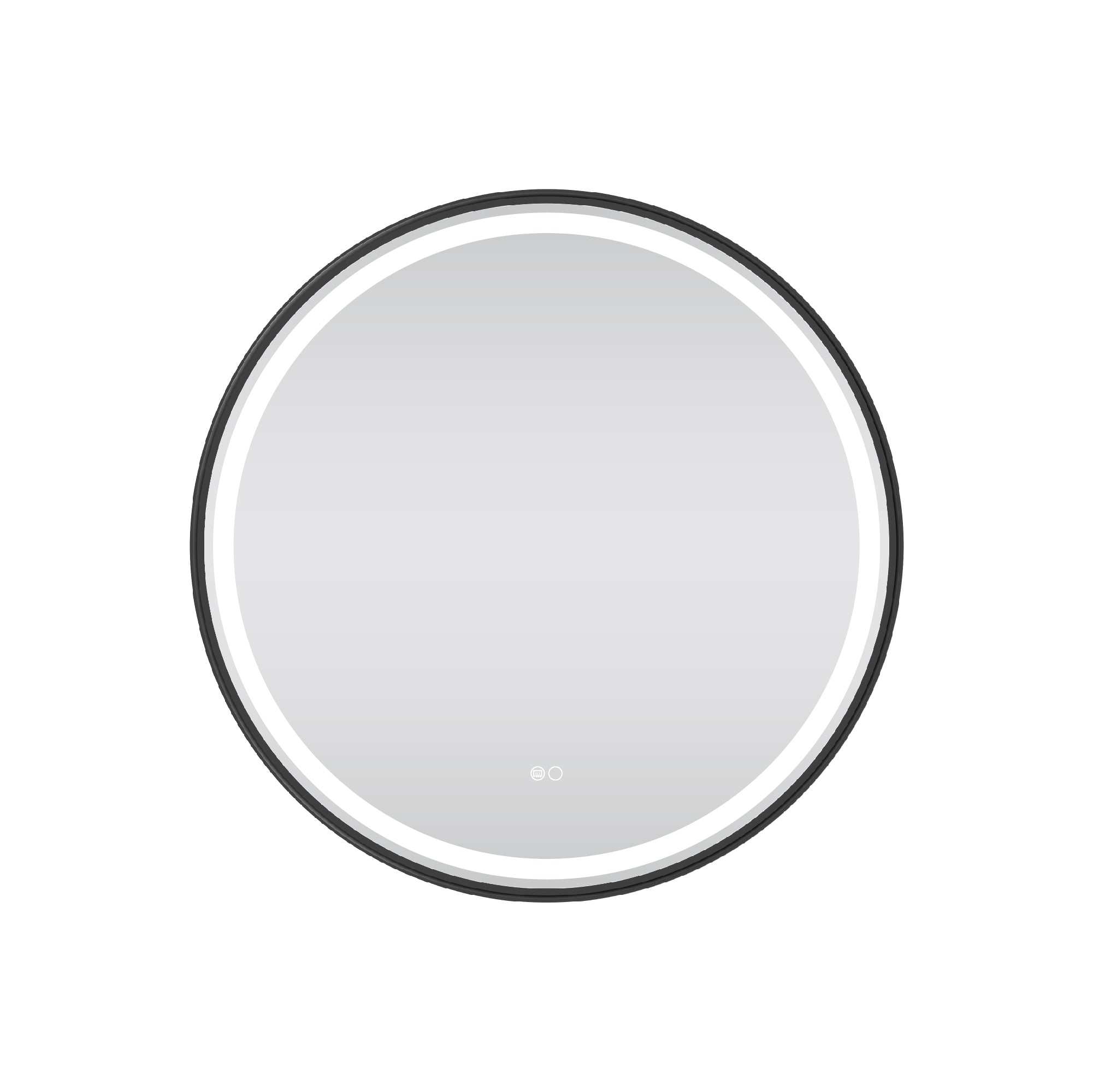


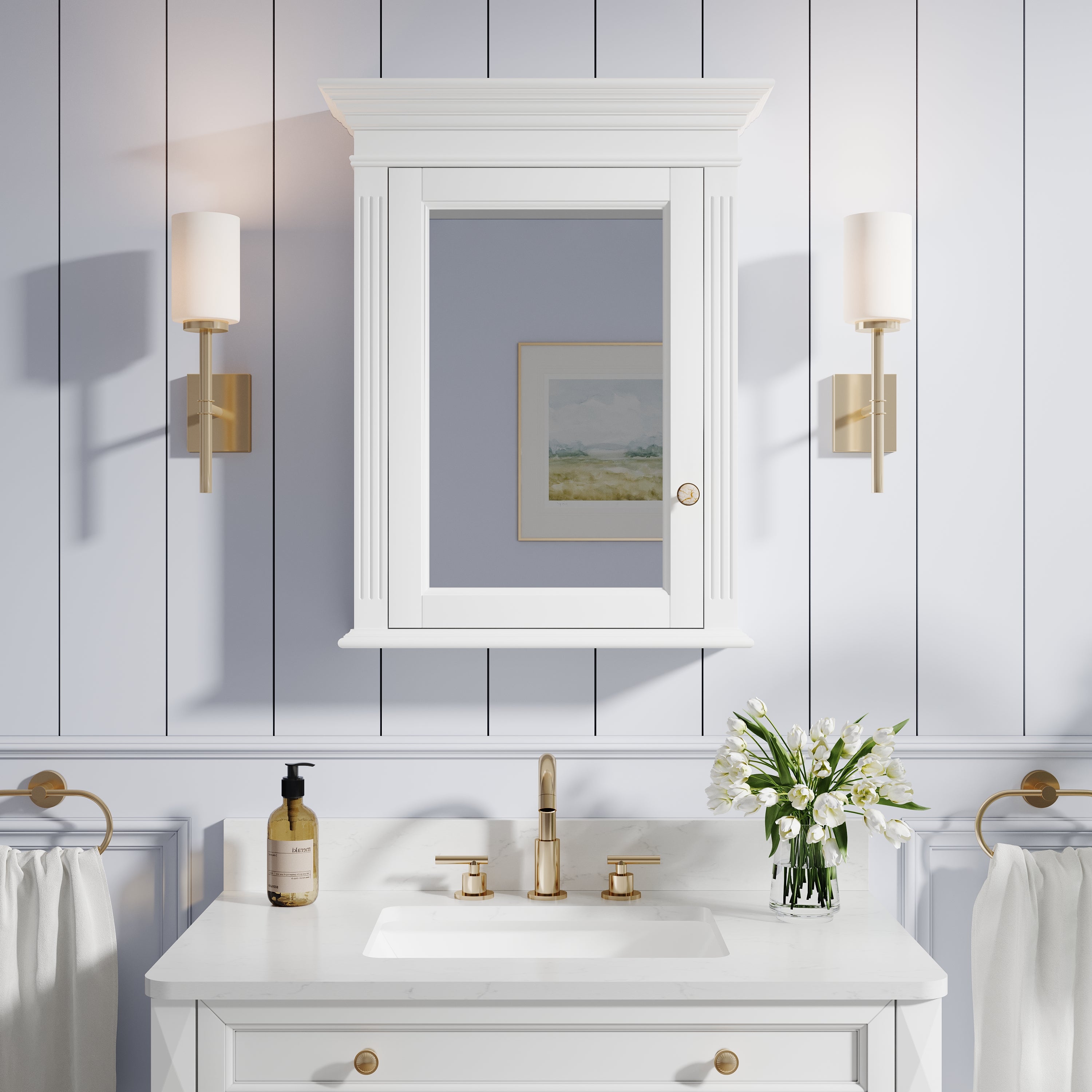
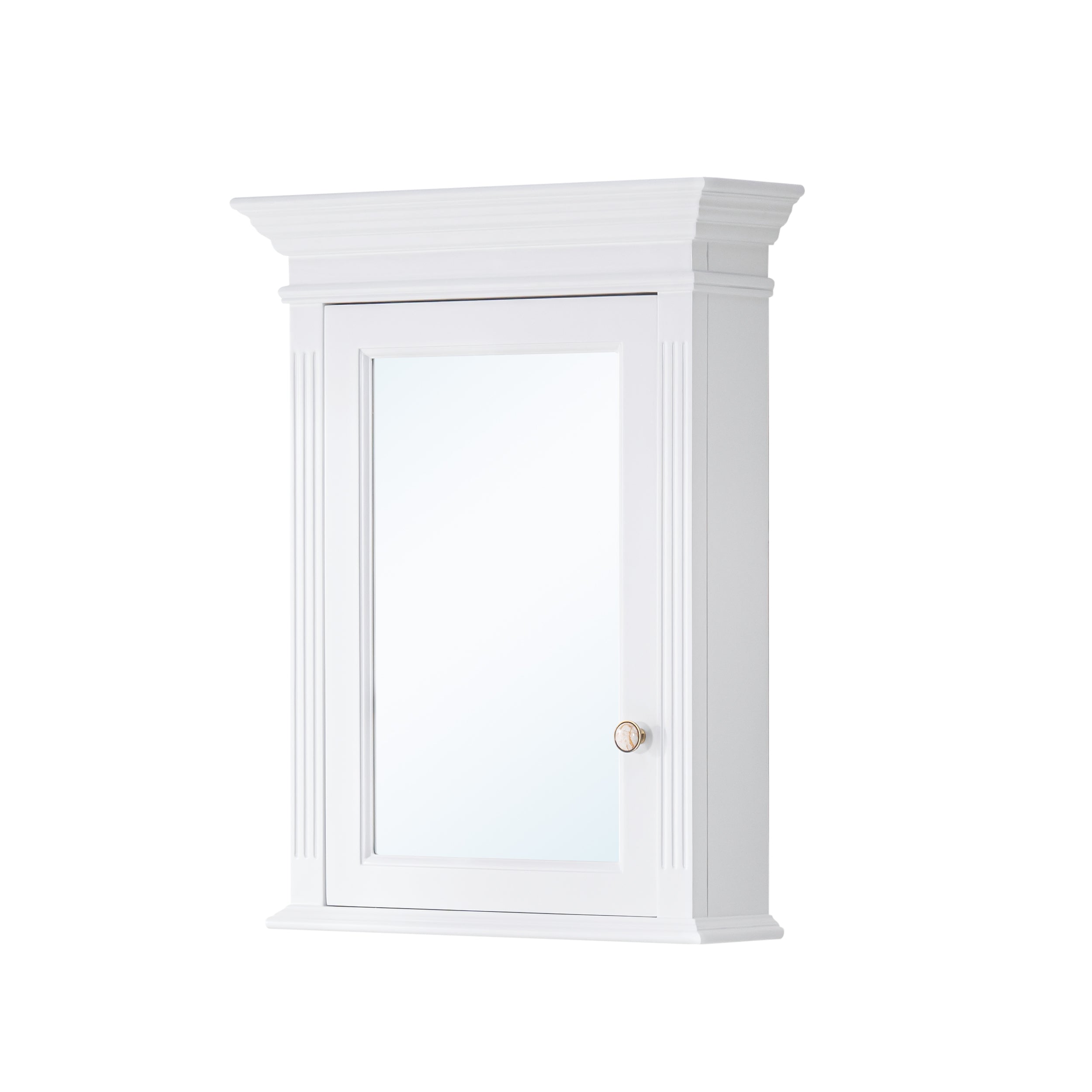
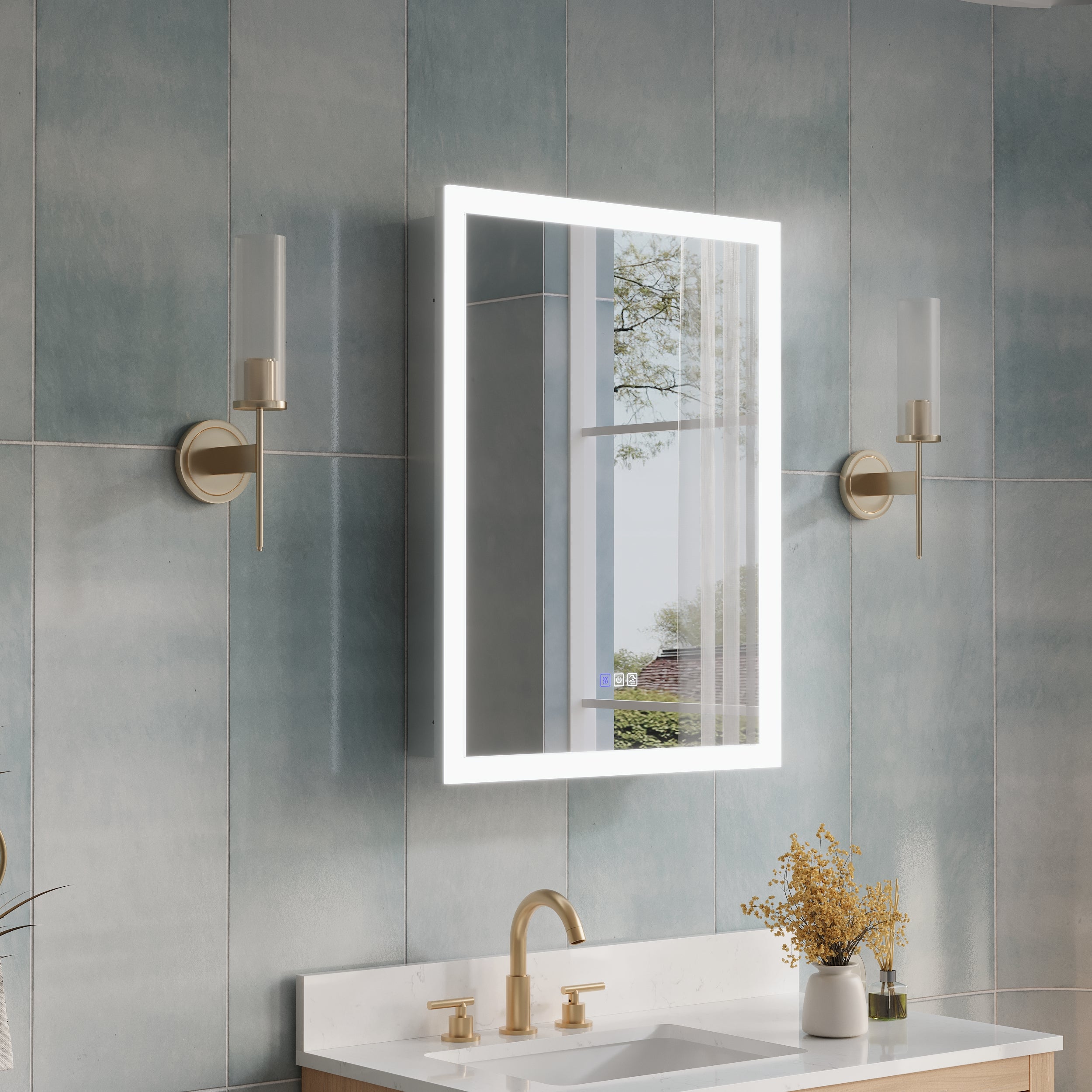
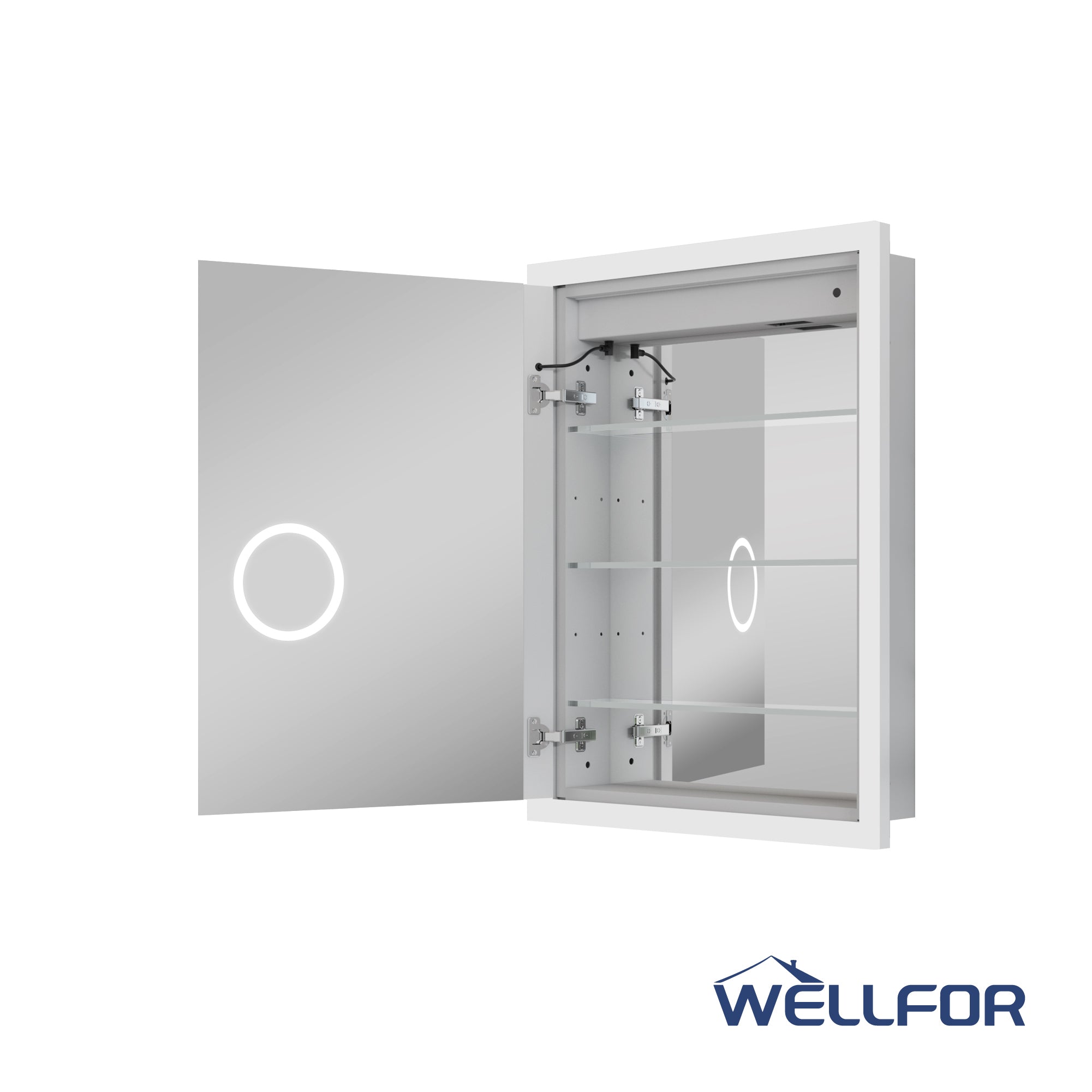
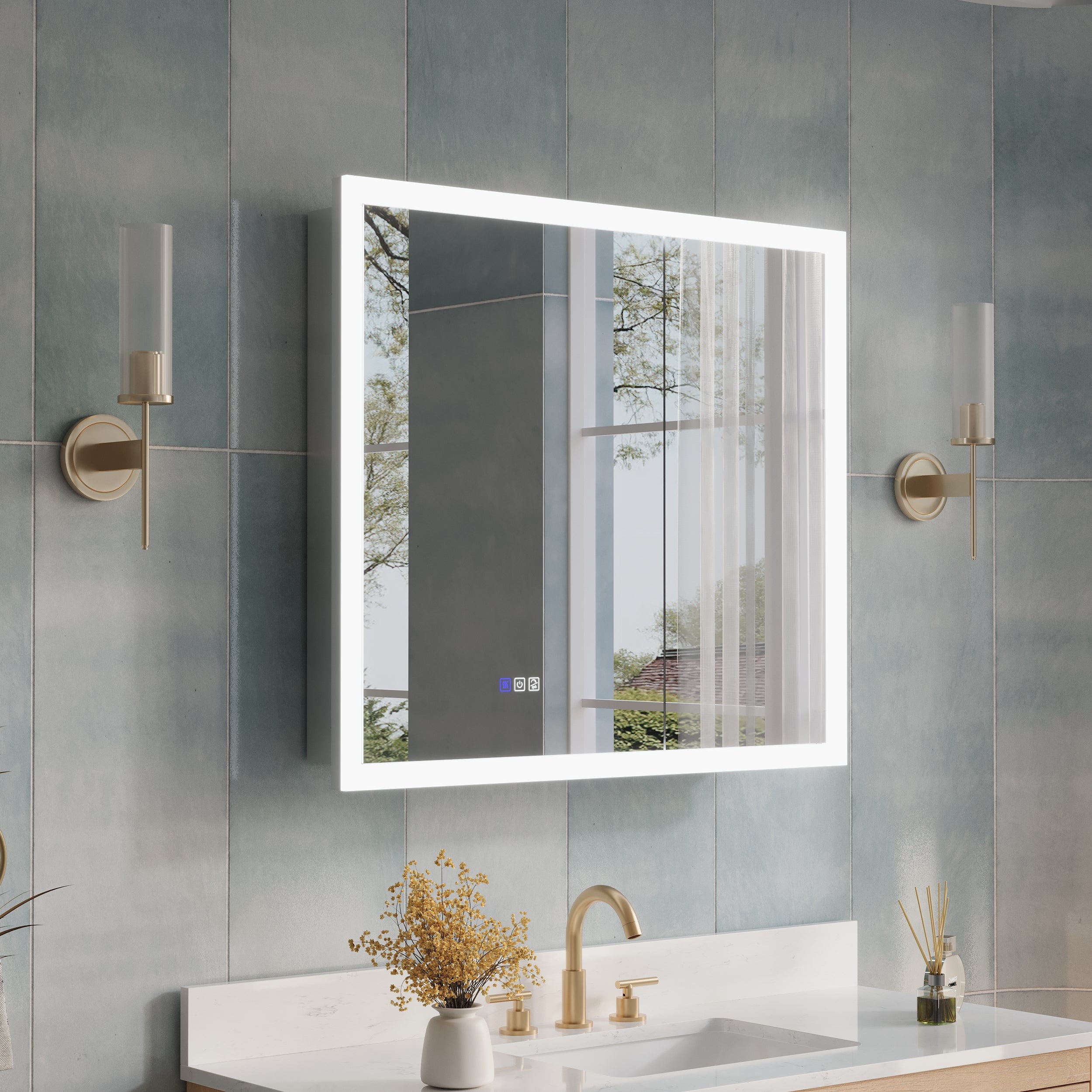
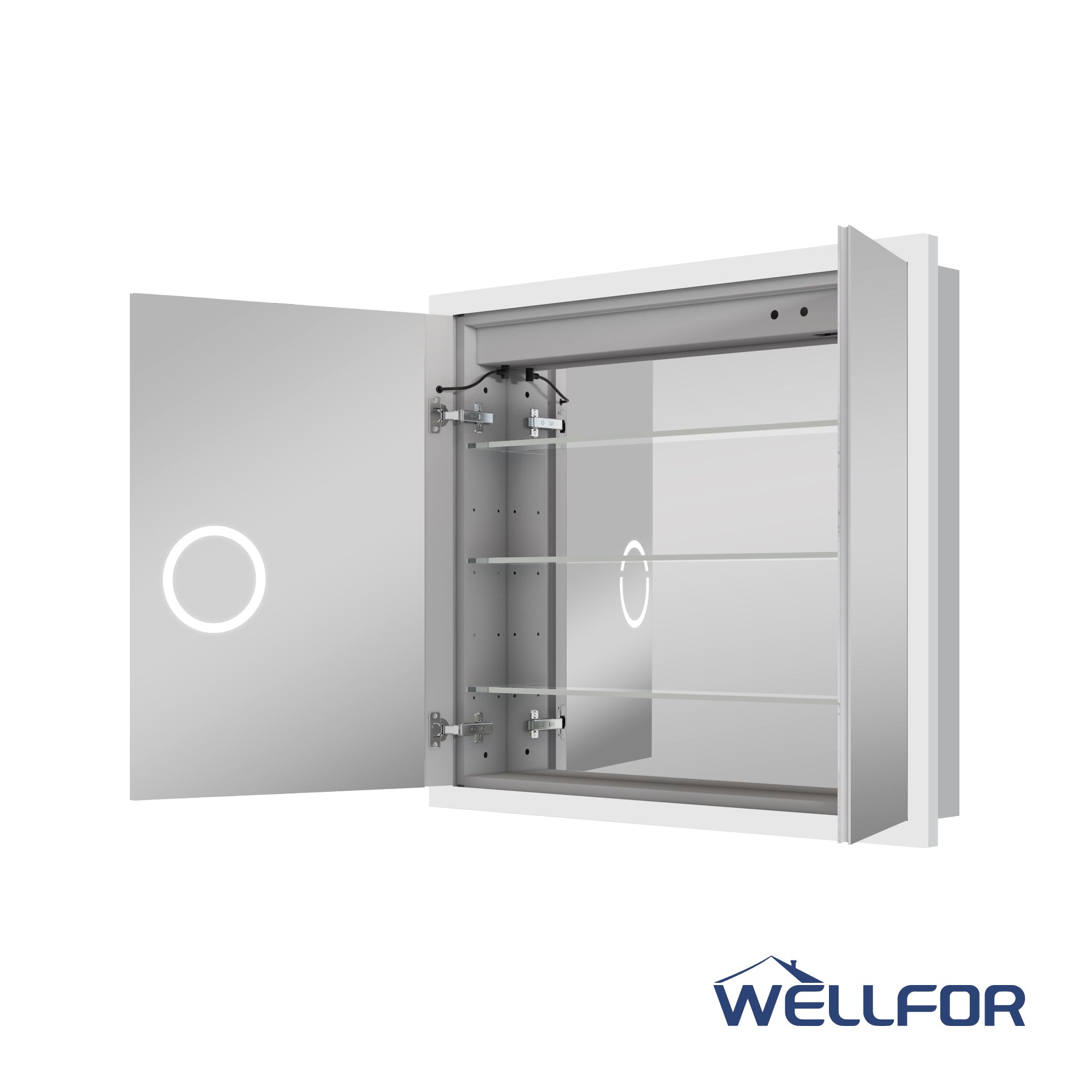


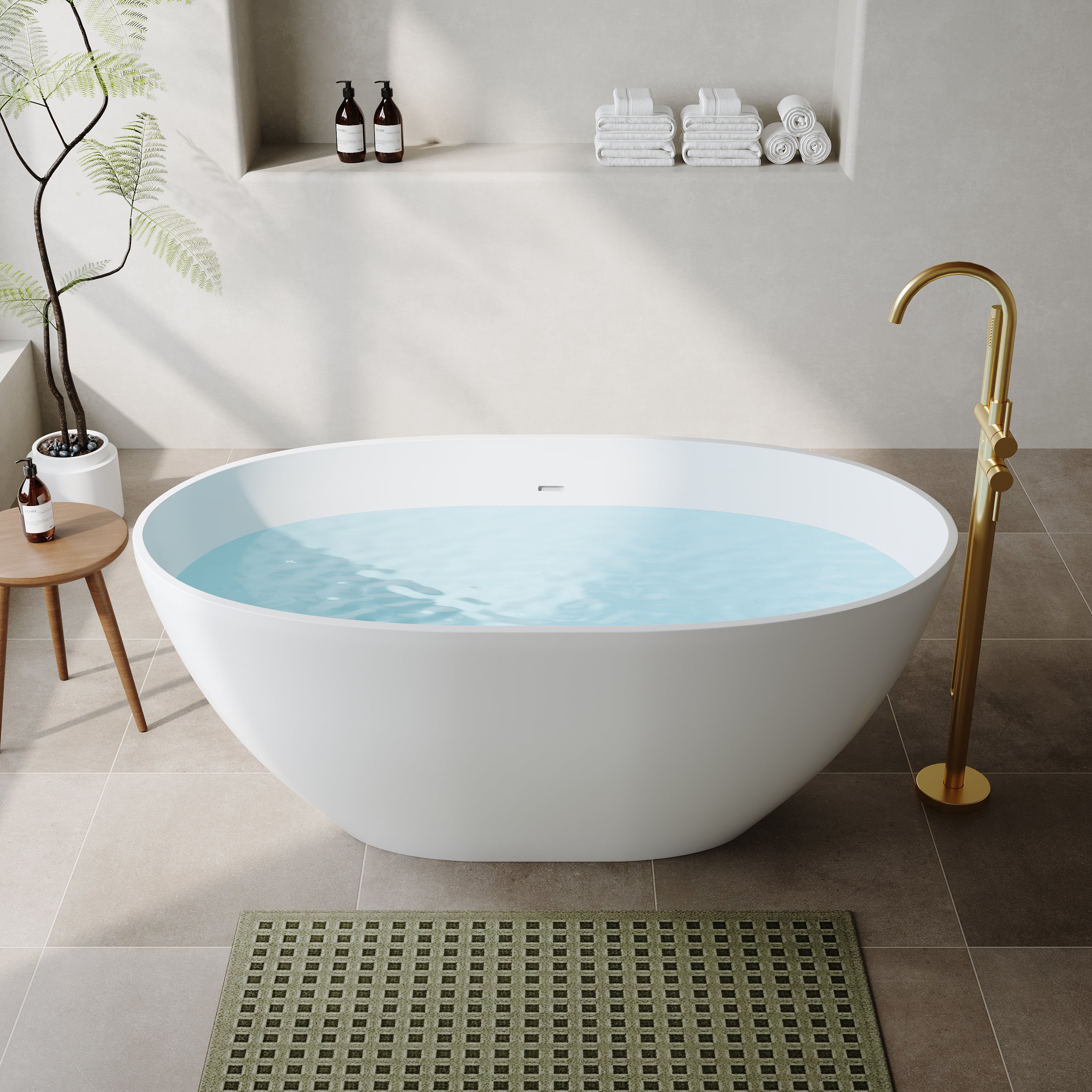
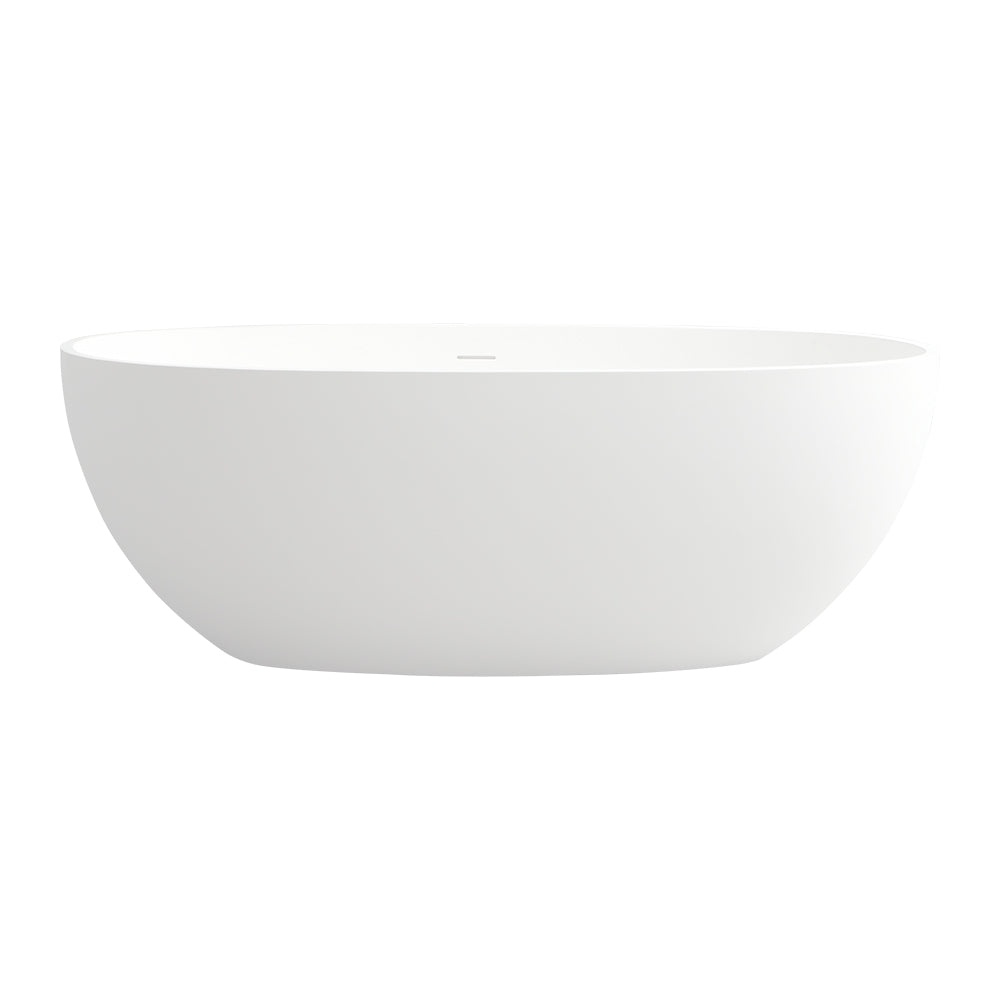
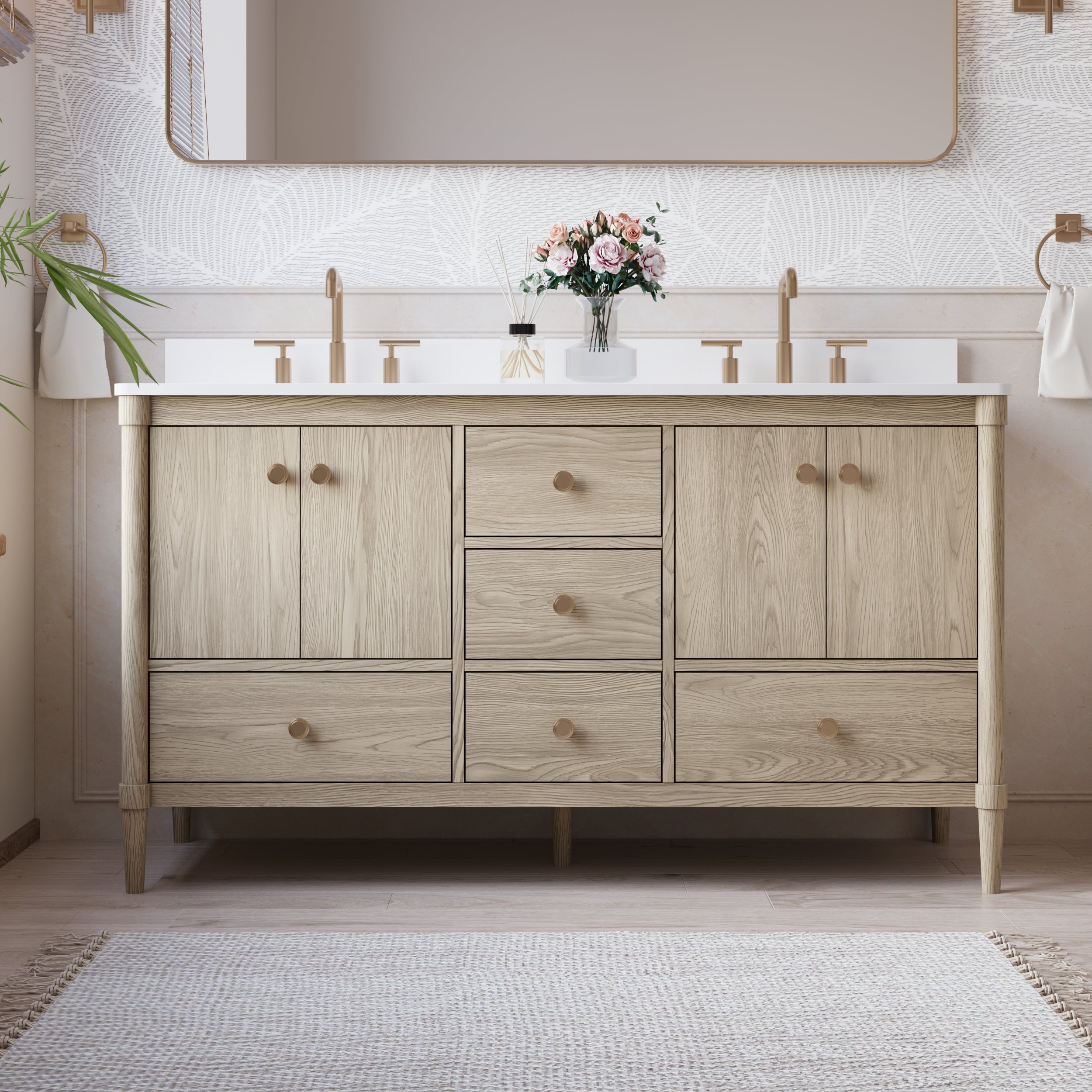
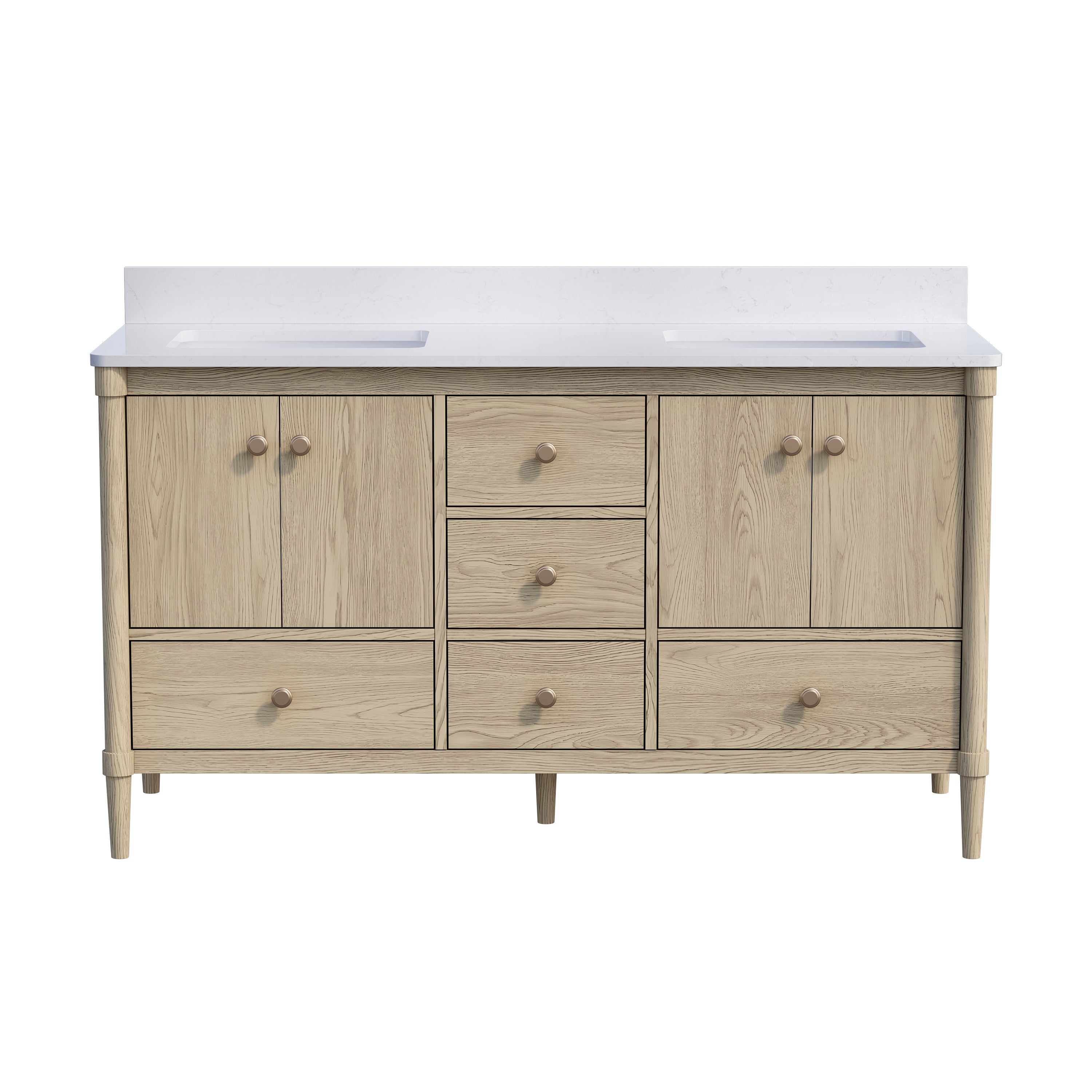
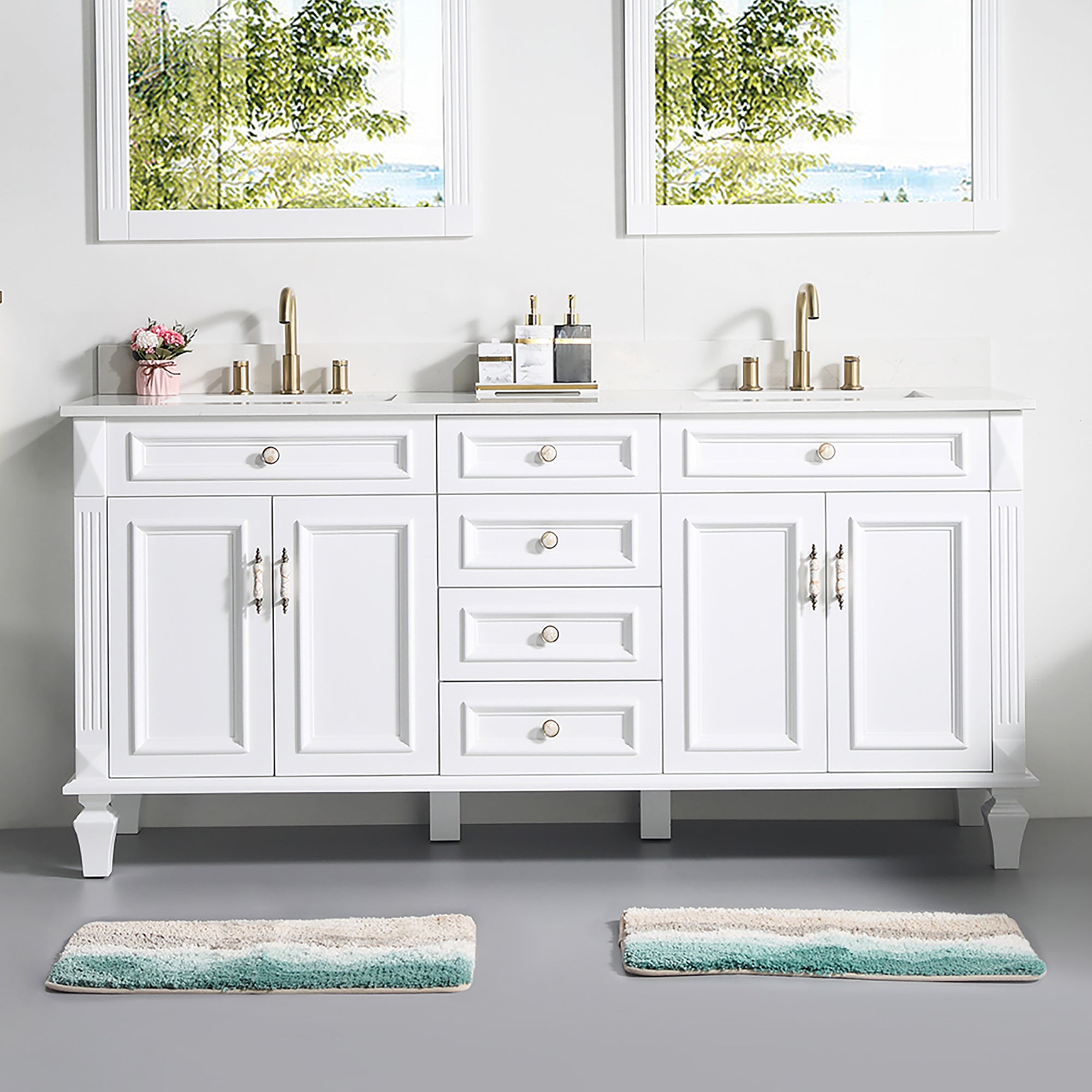
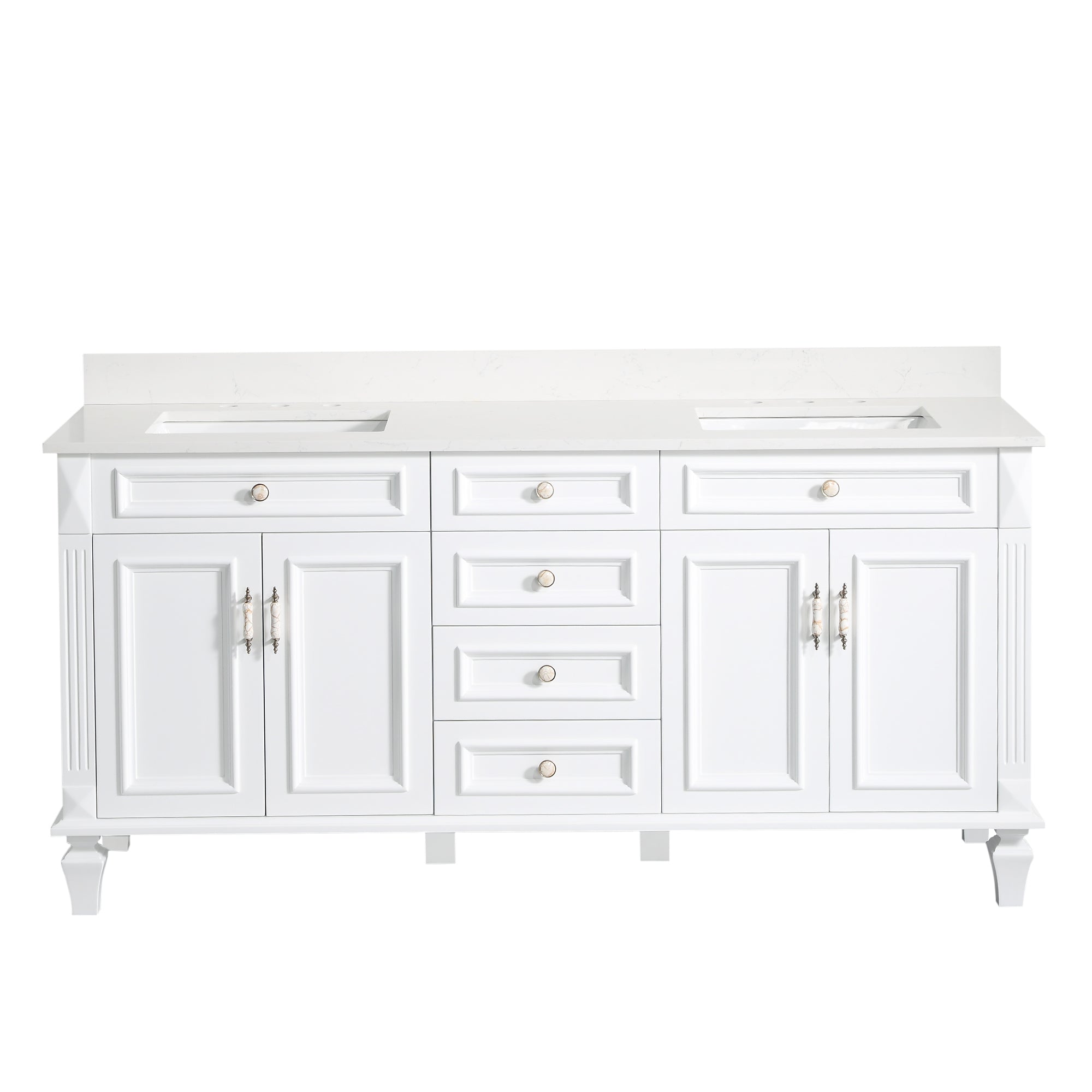
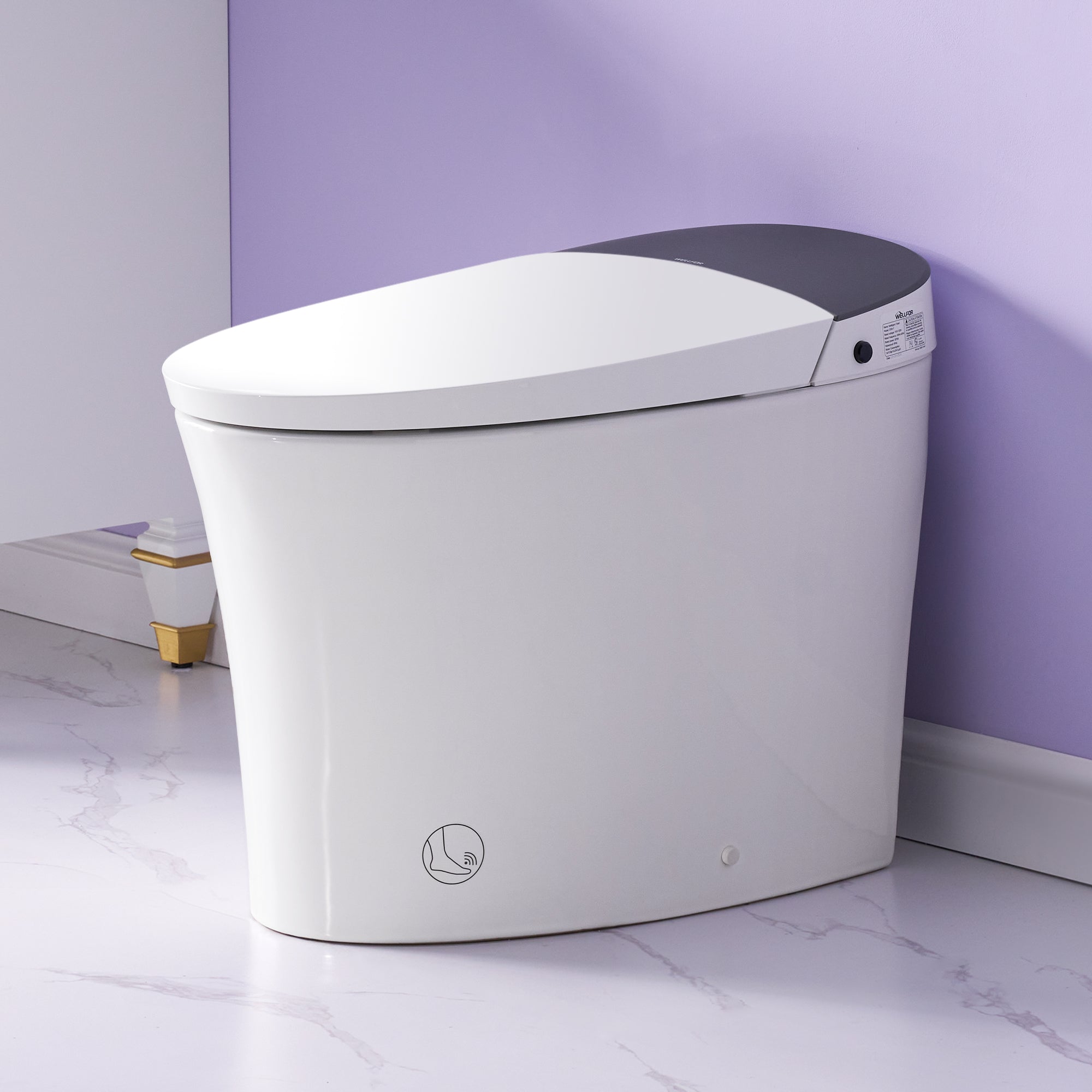
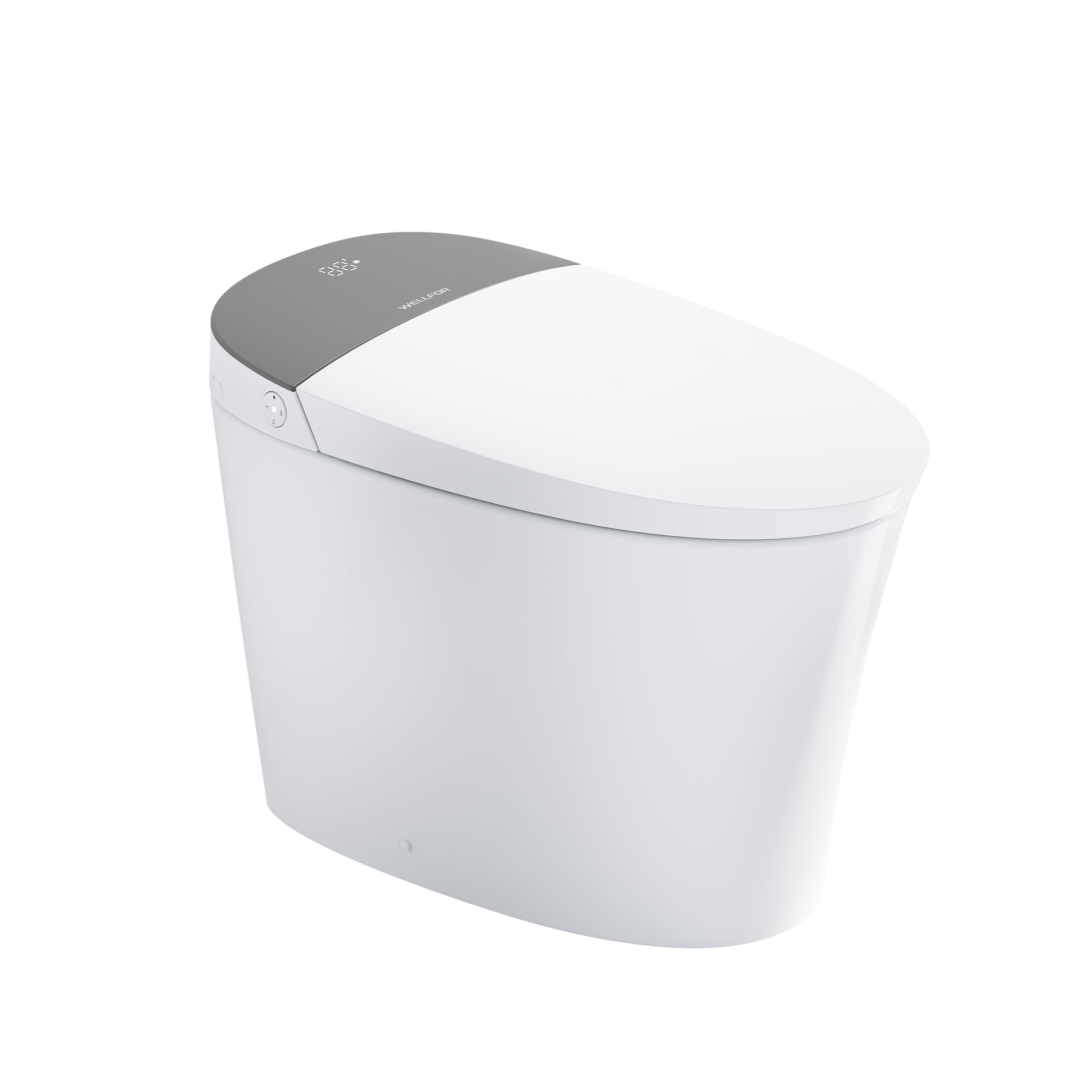
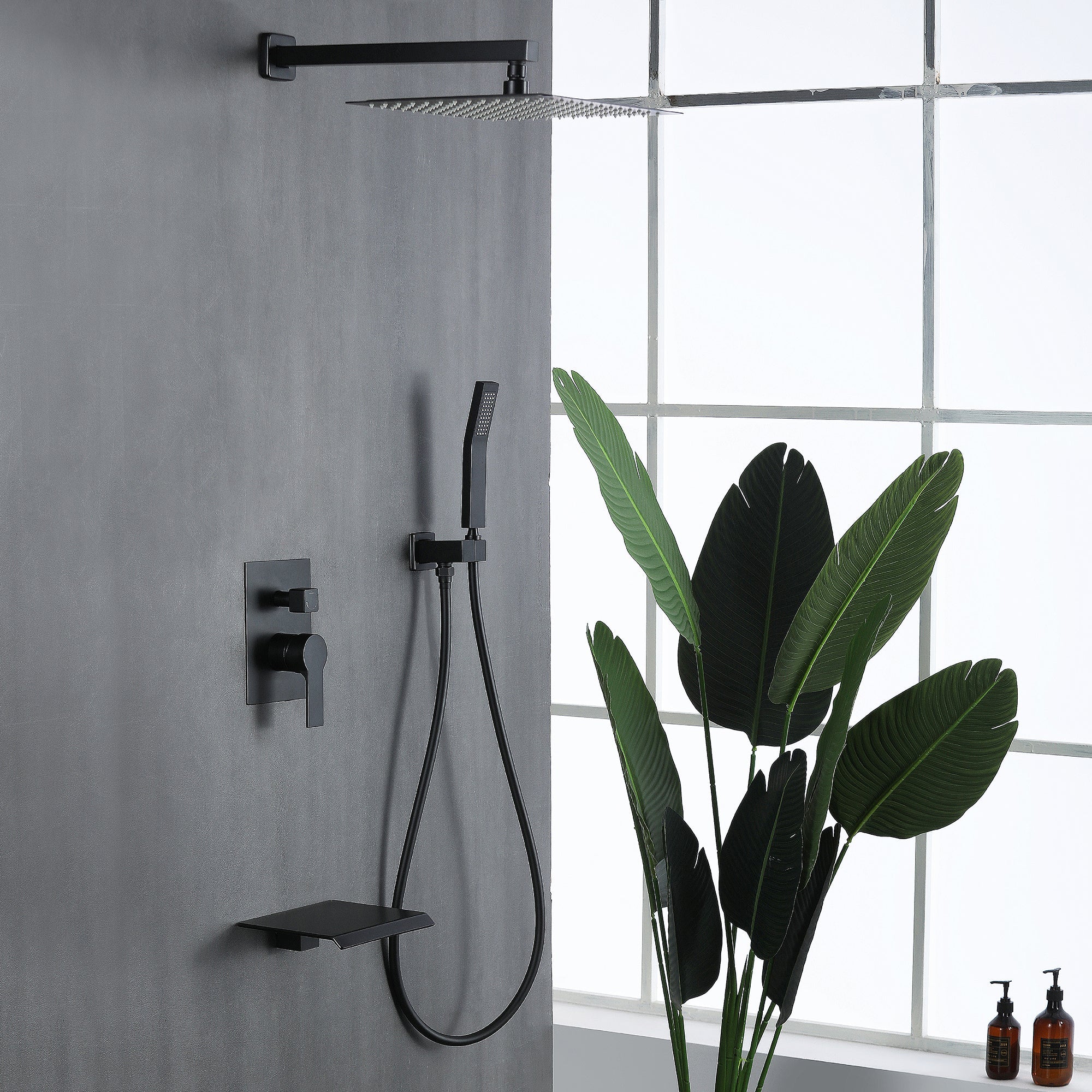
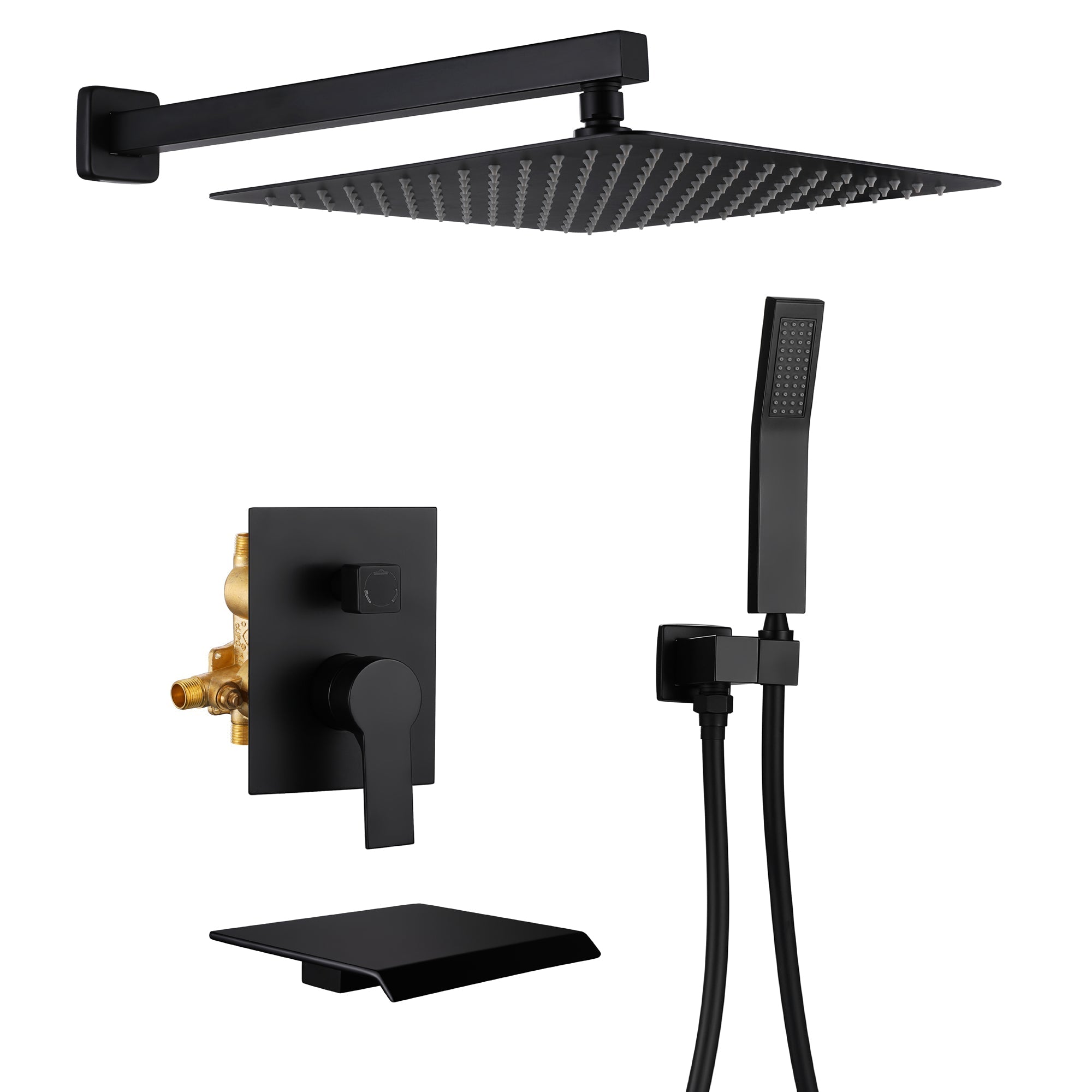
Leave a comment
This site is protected by hCaptcha and the hCaptcha Privacy Policy and Terms of Service apply.